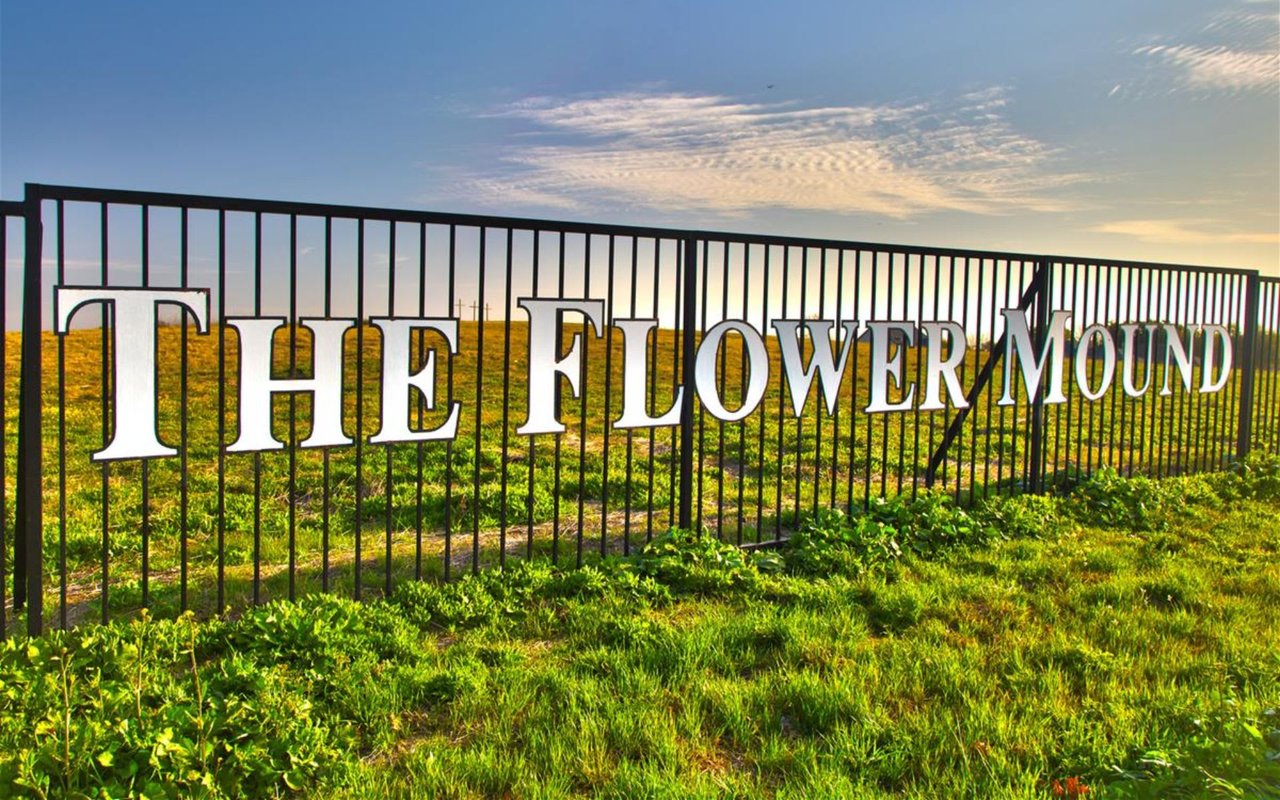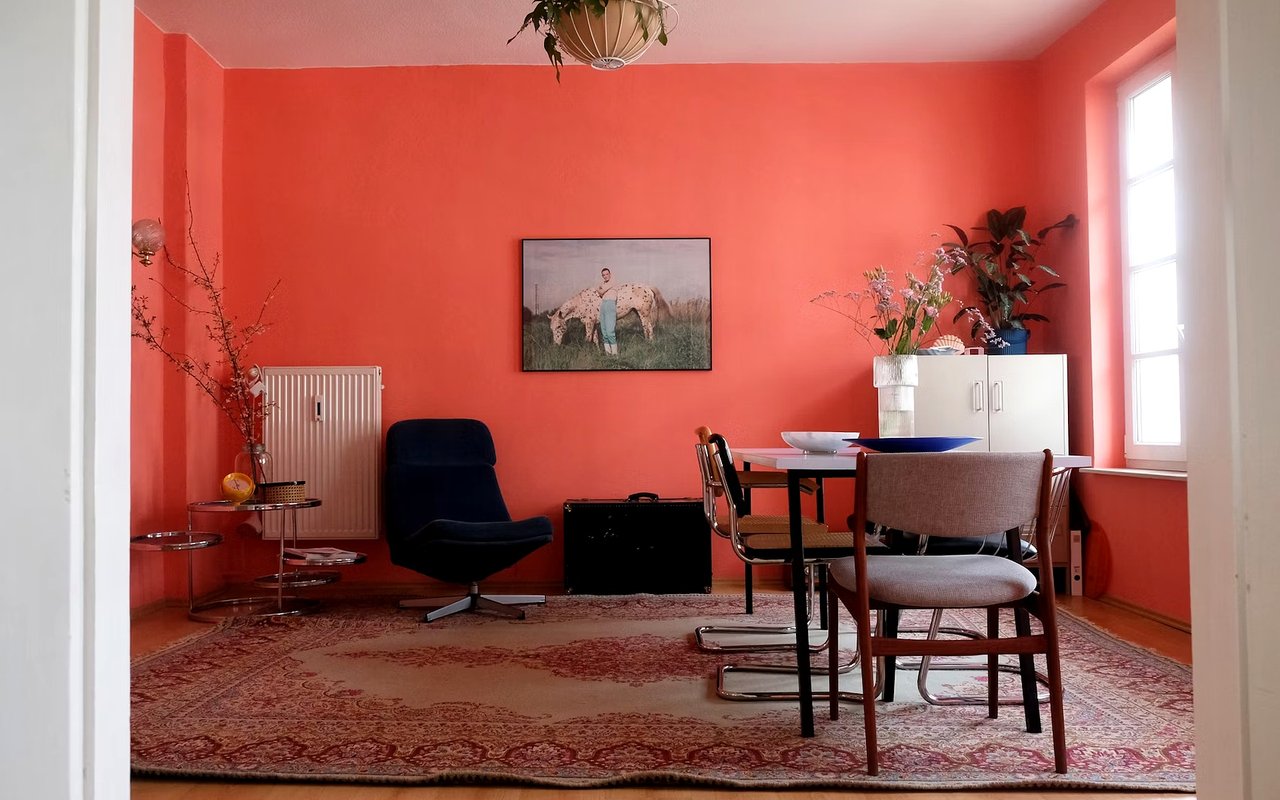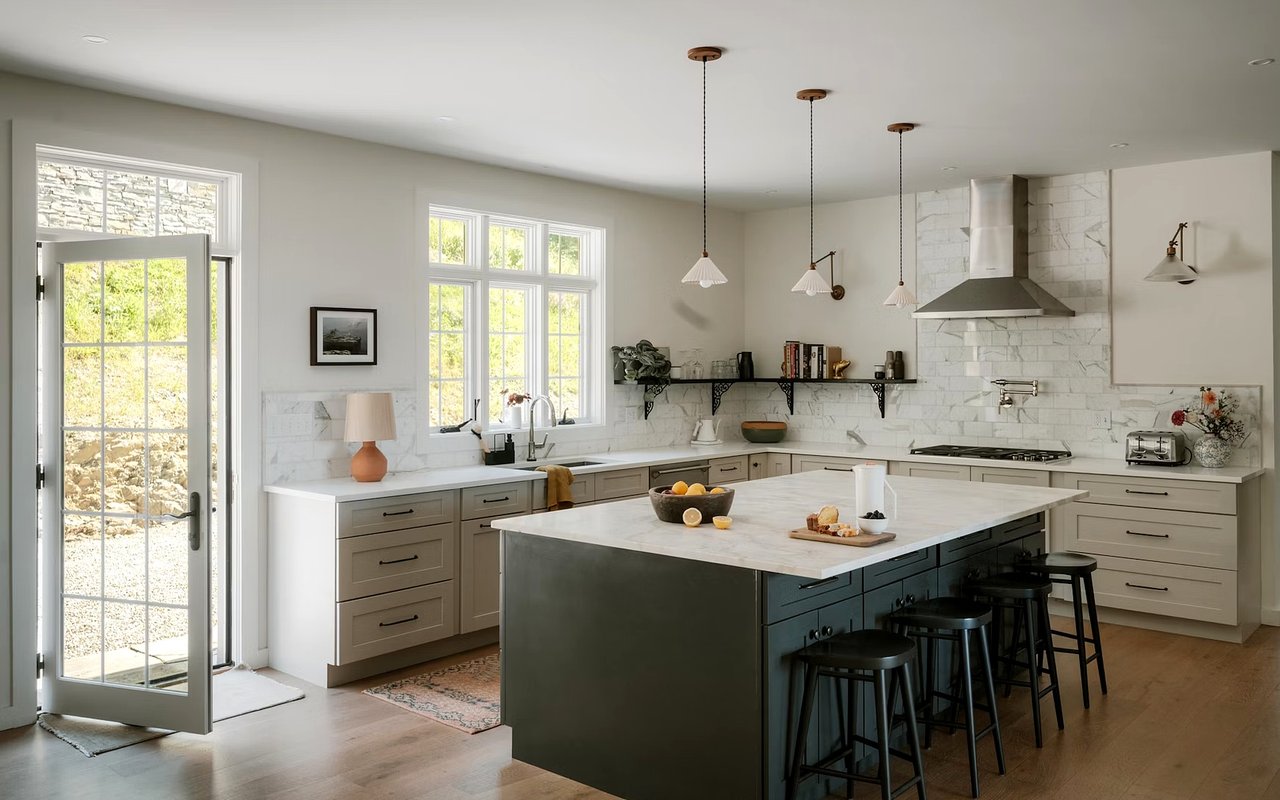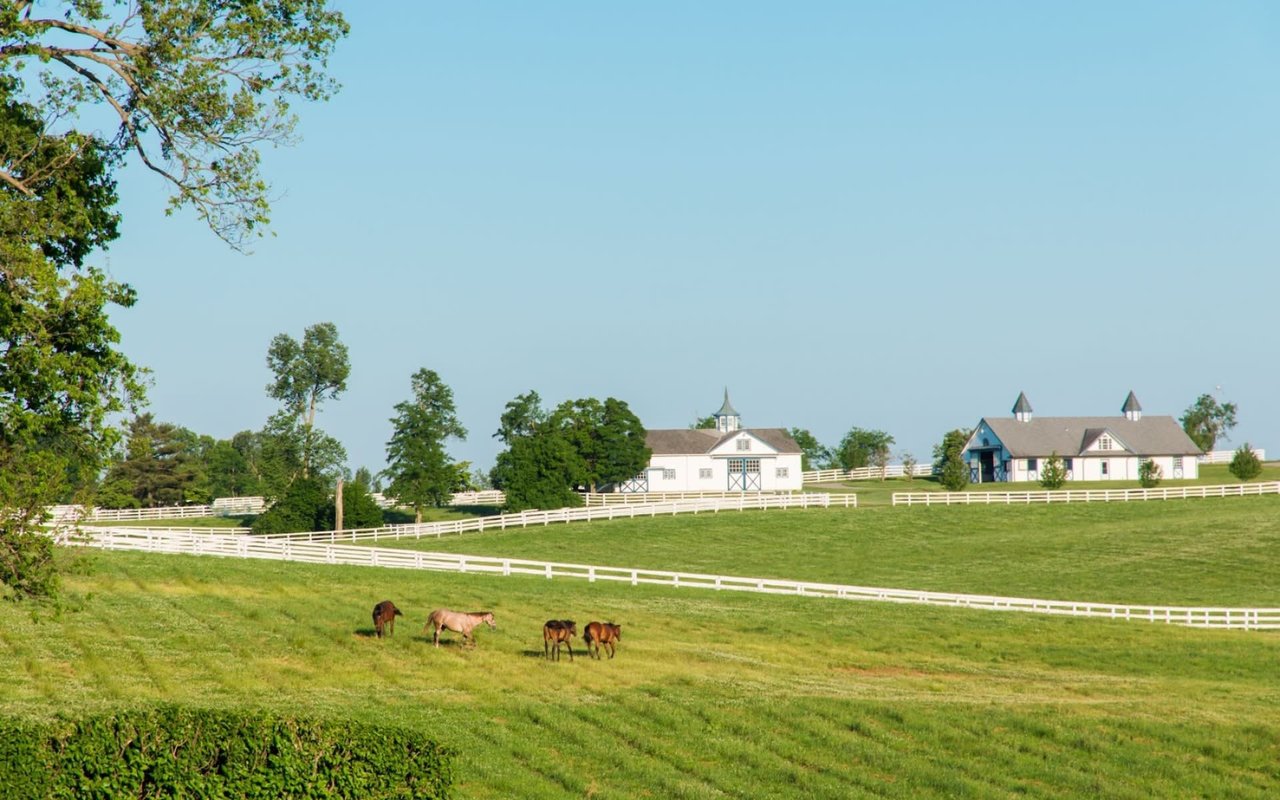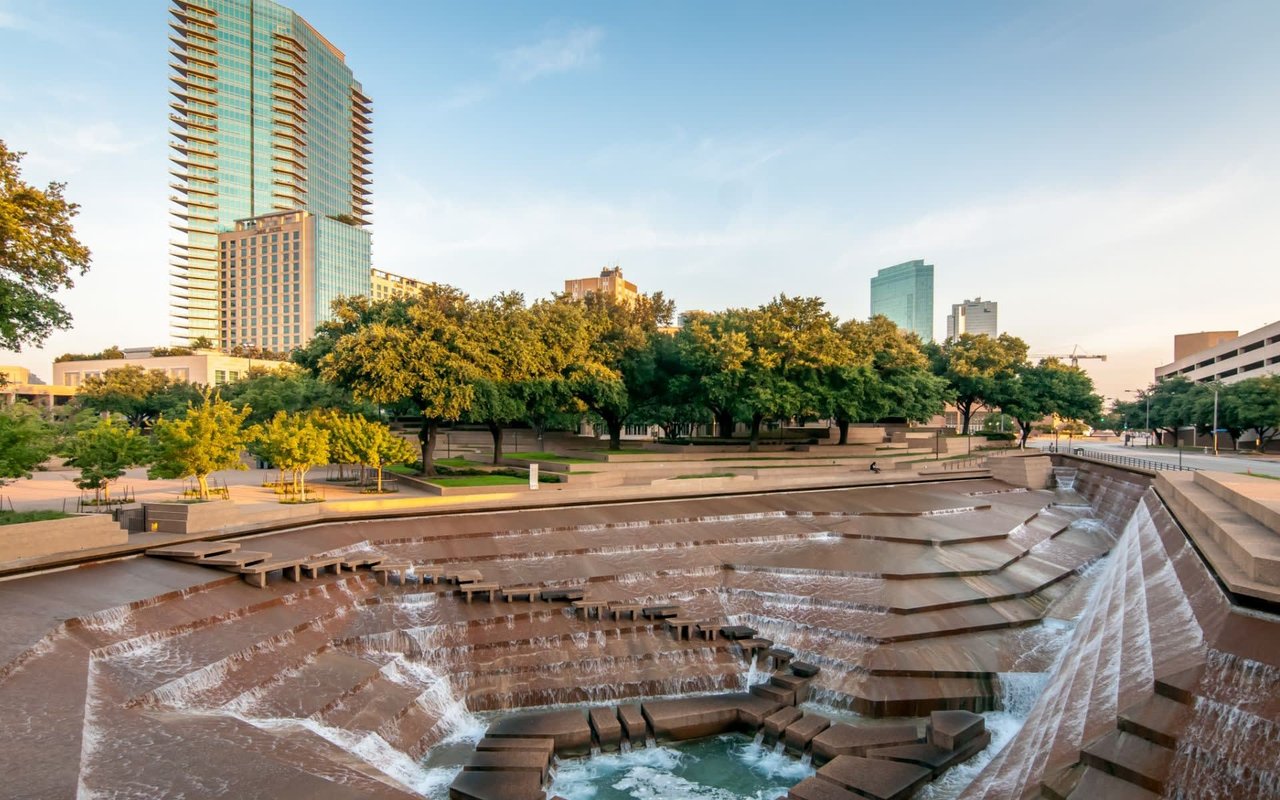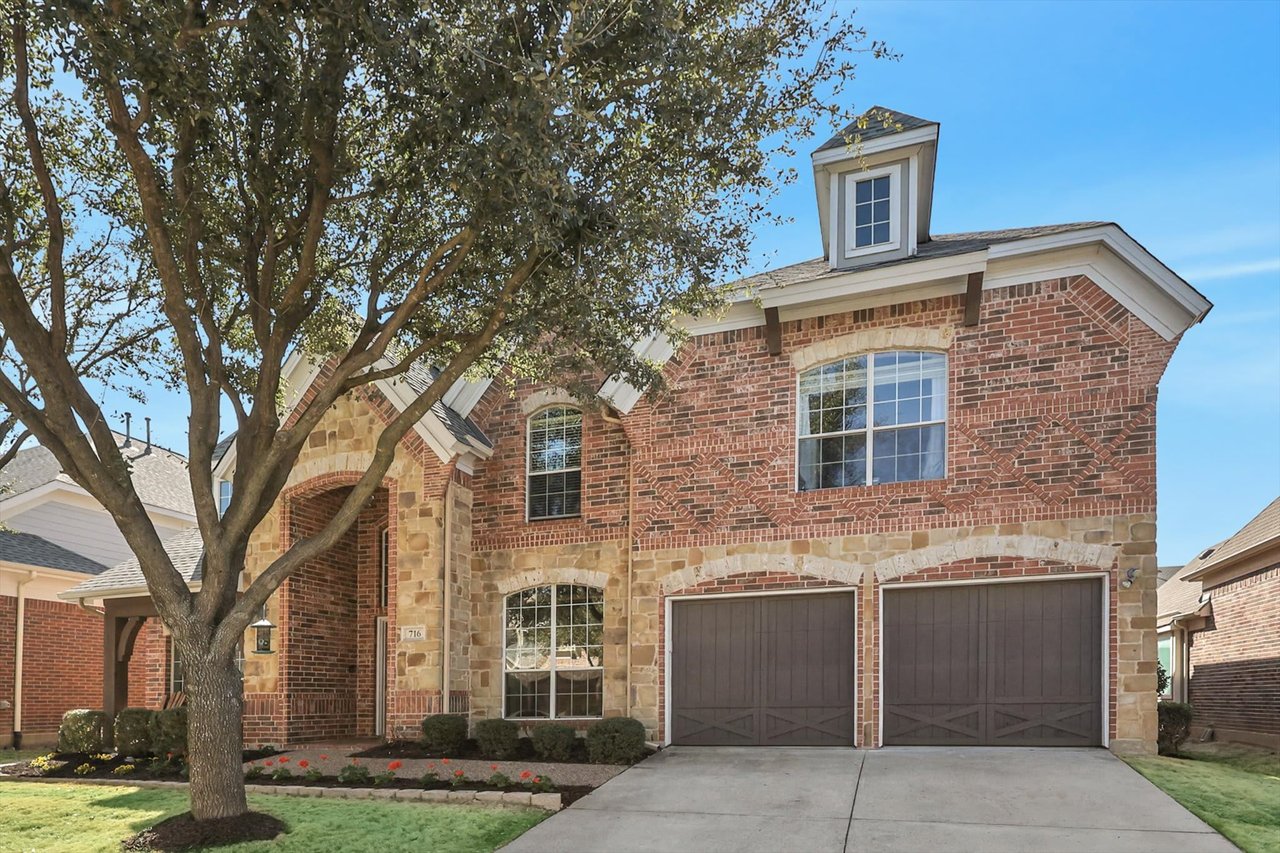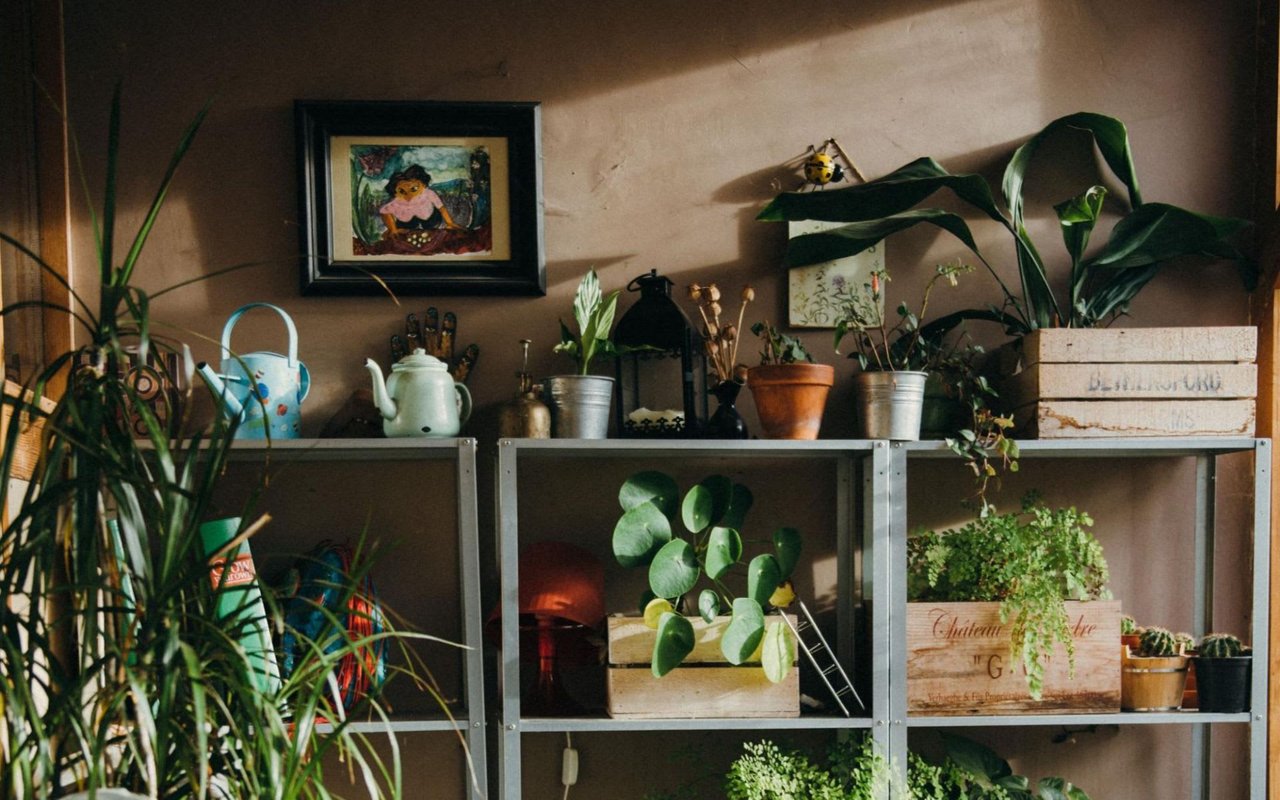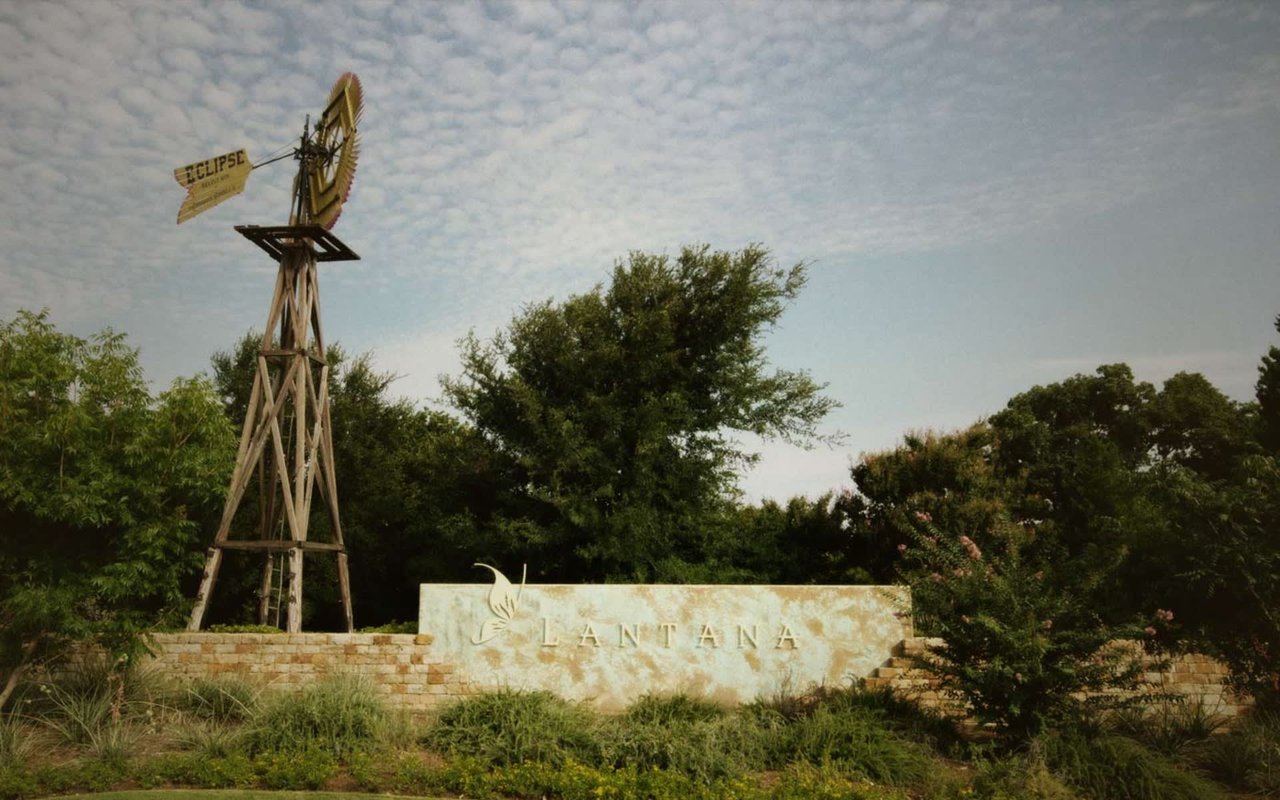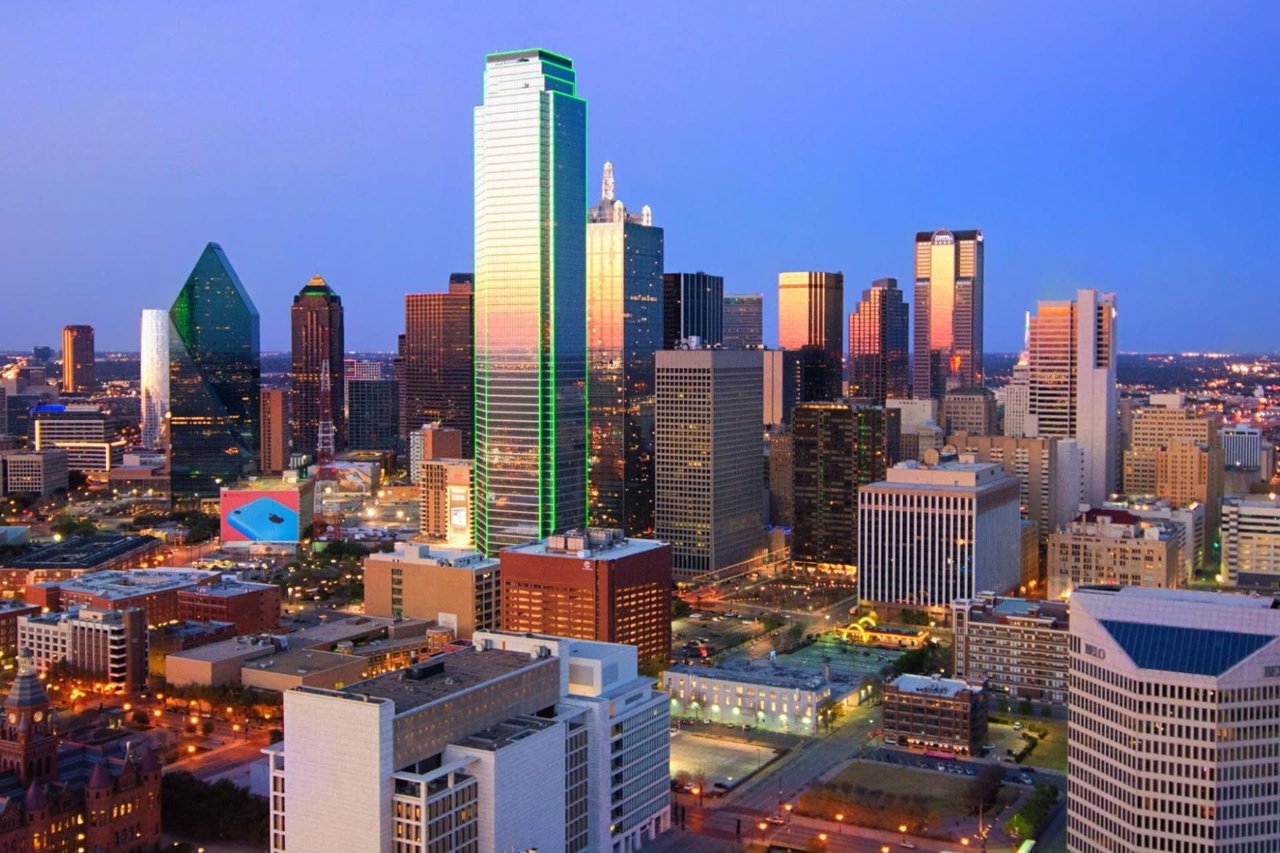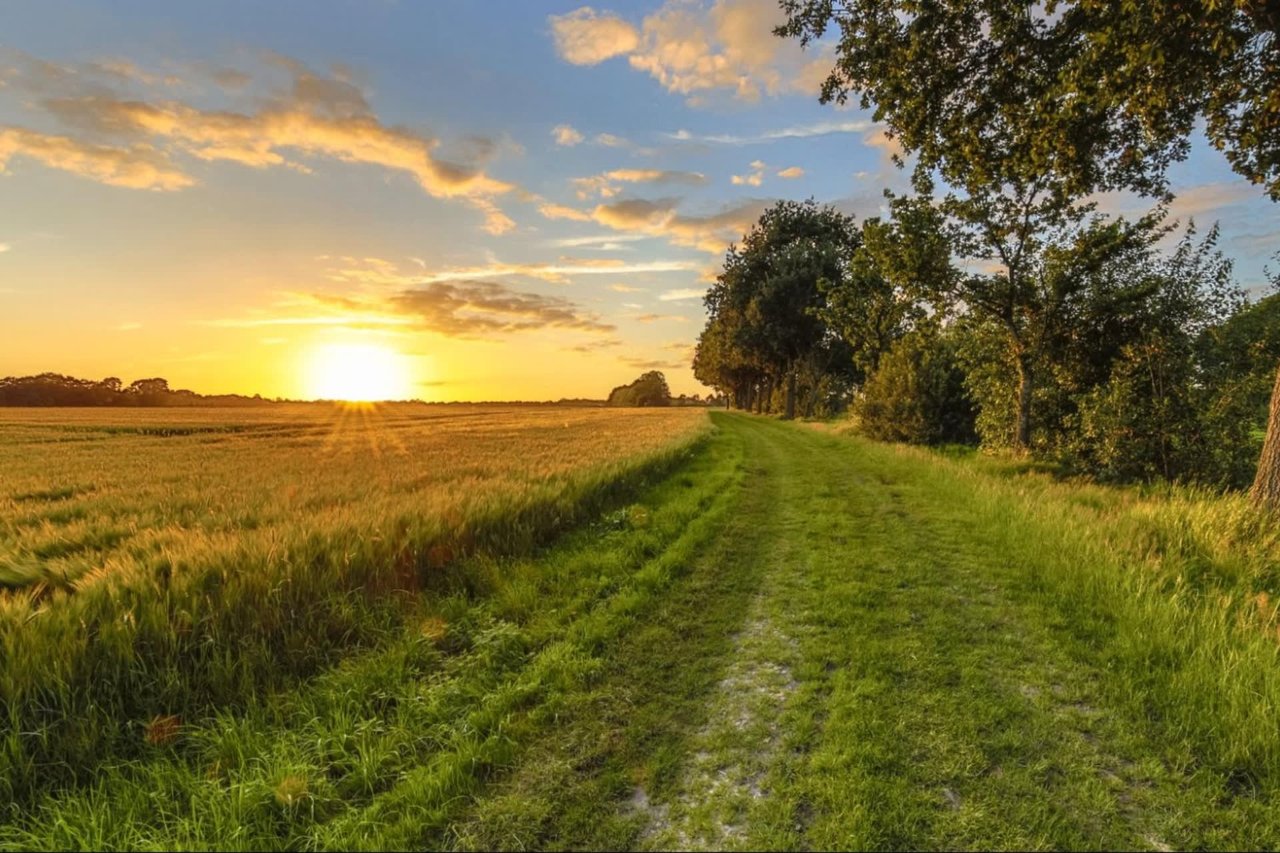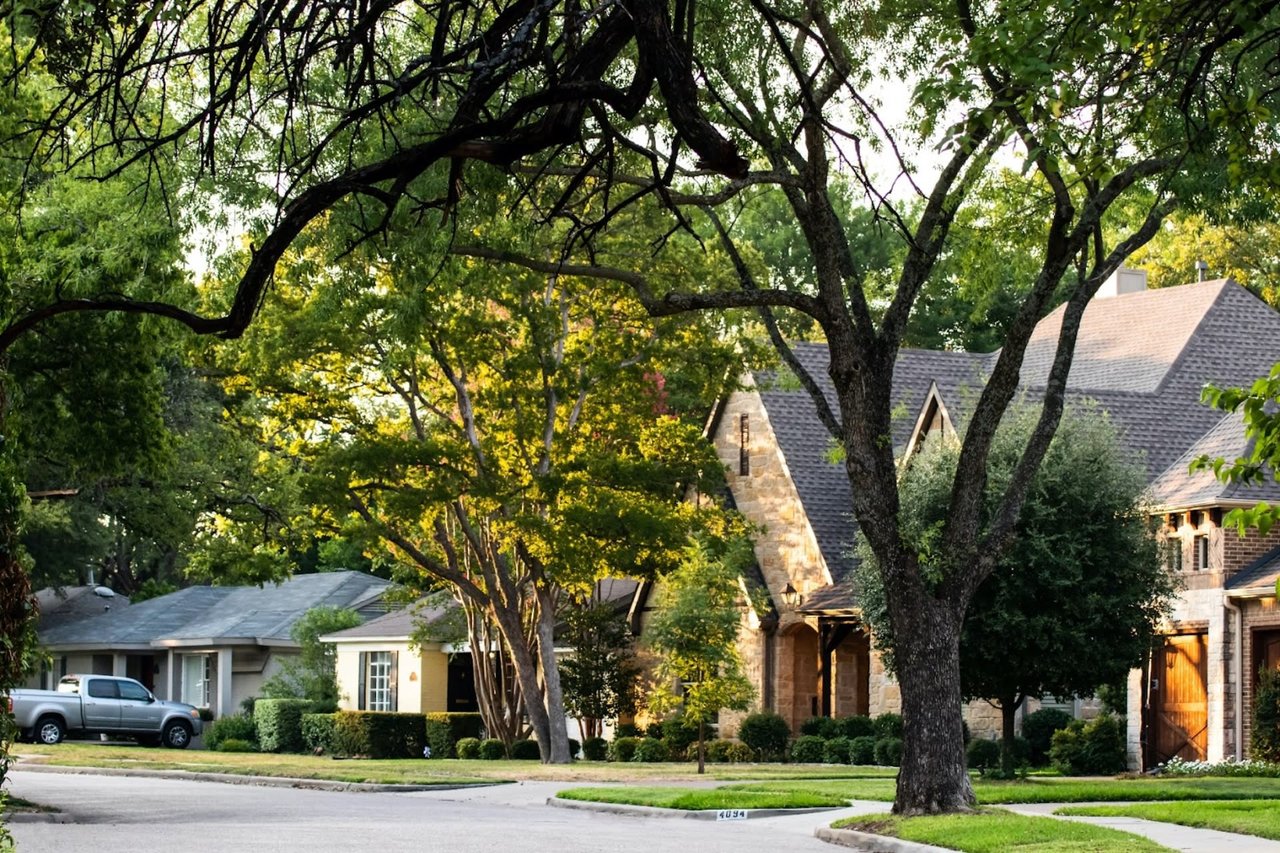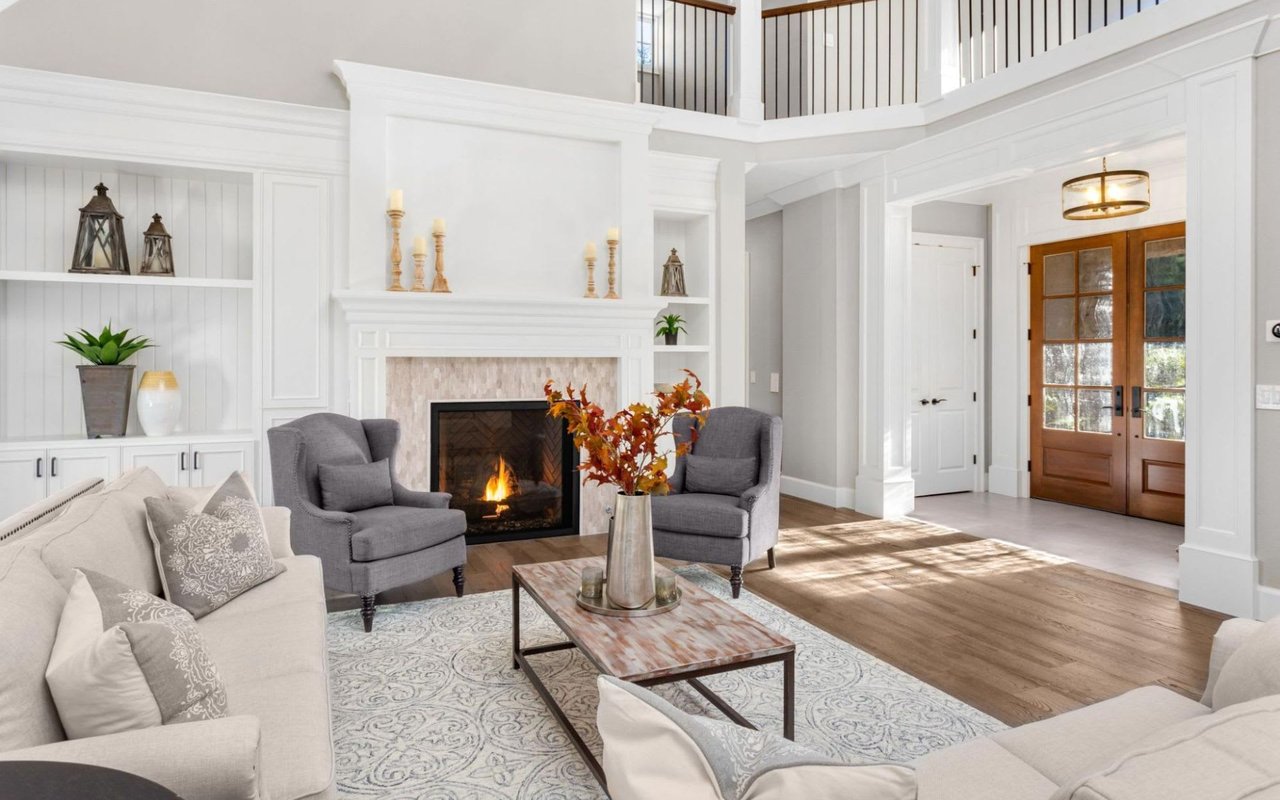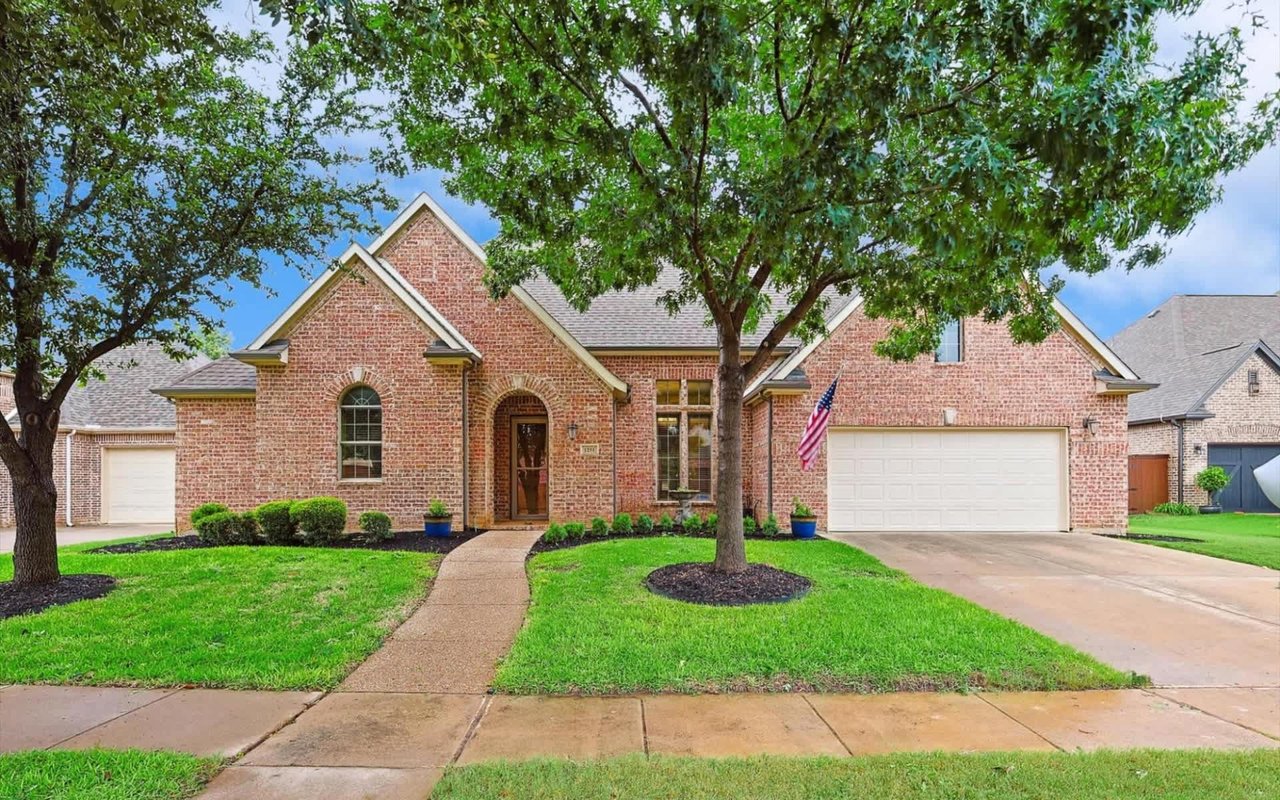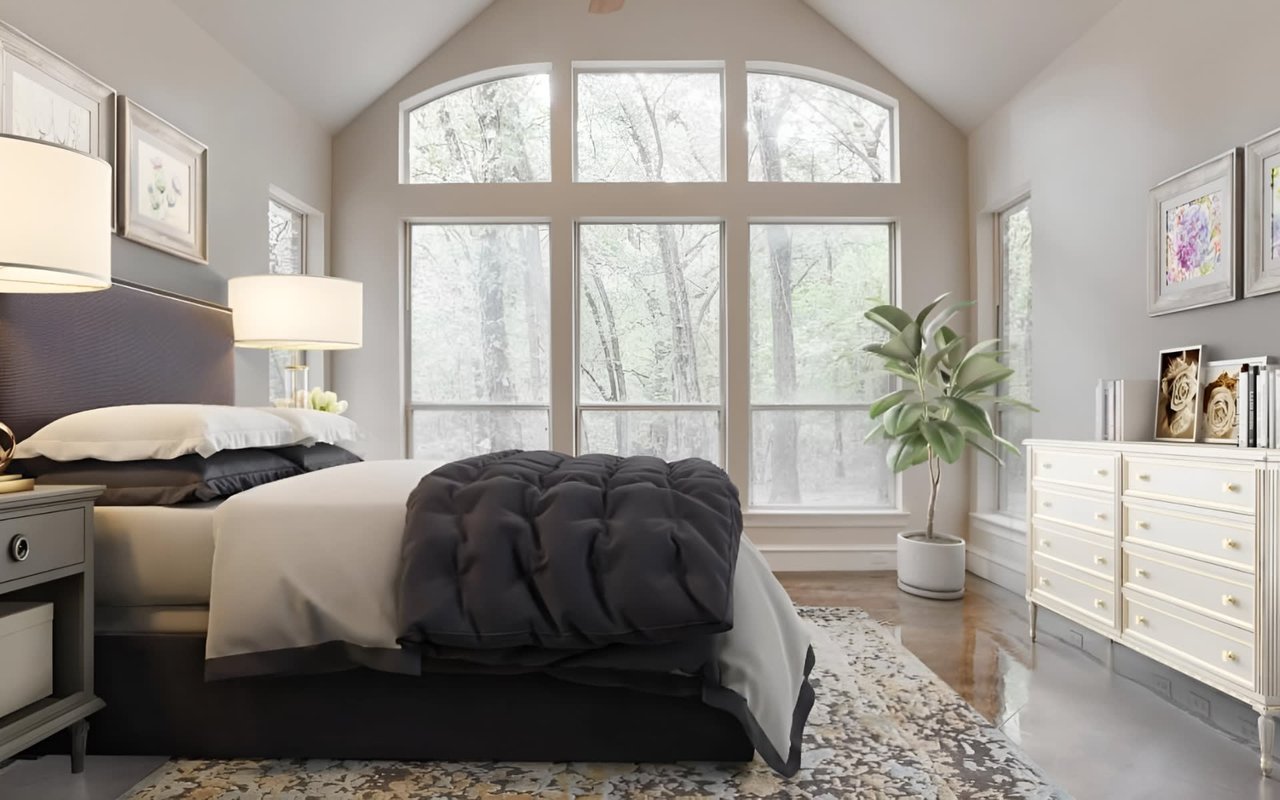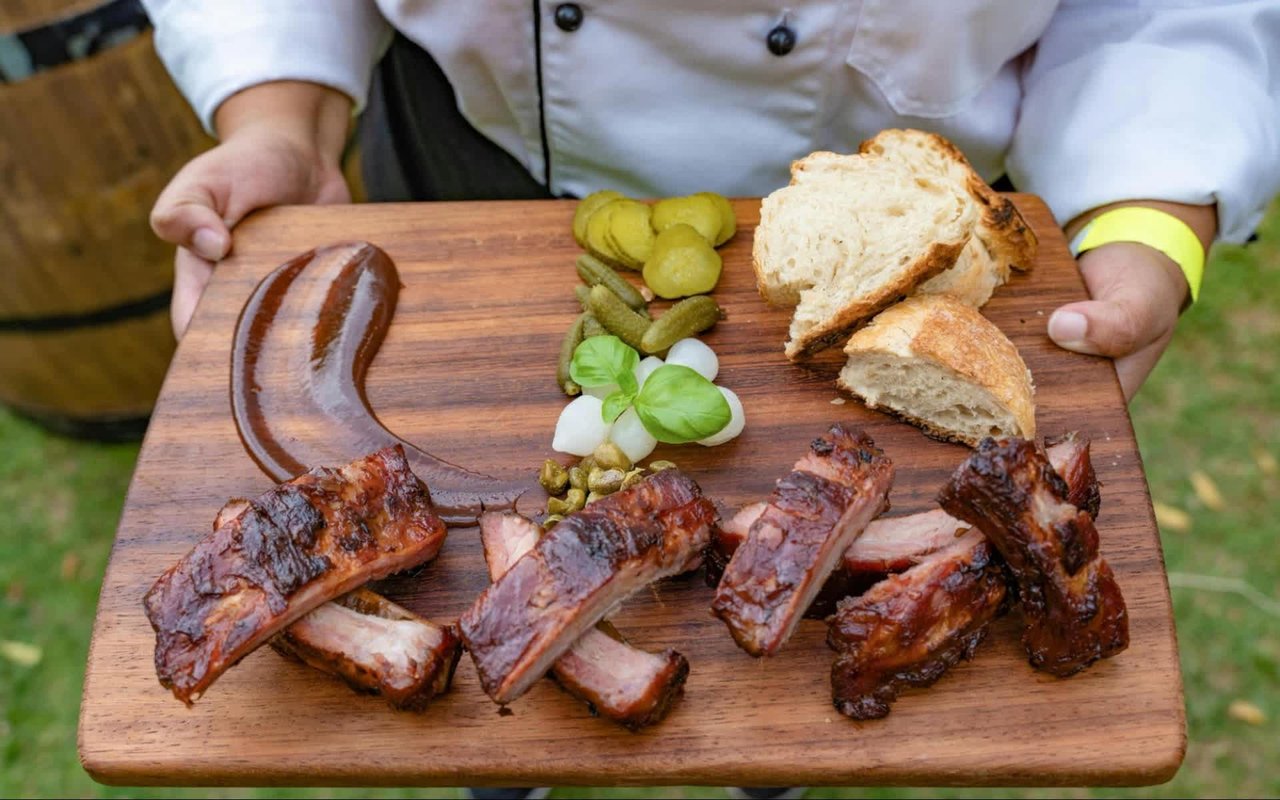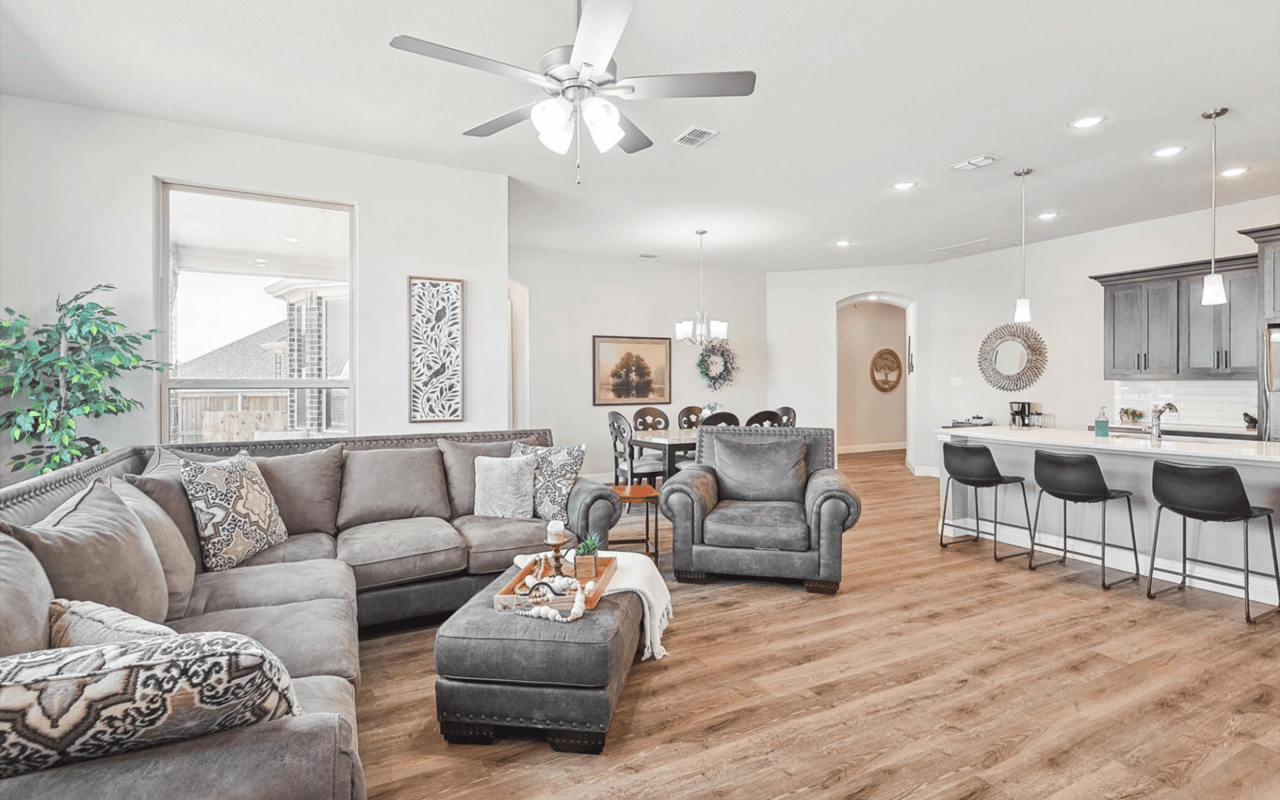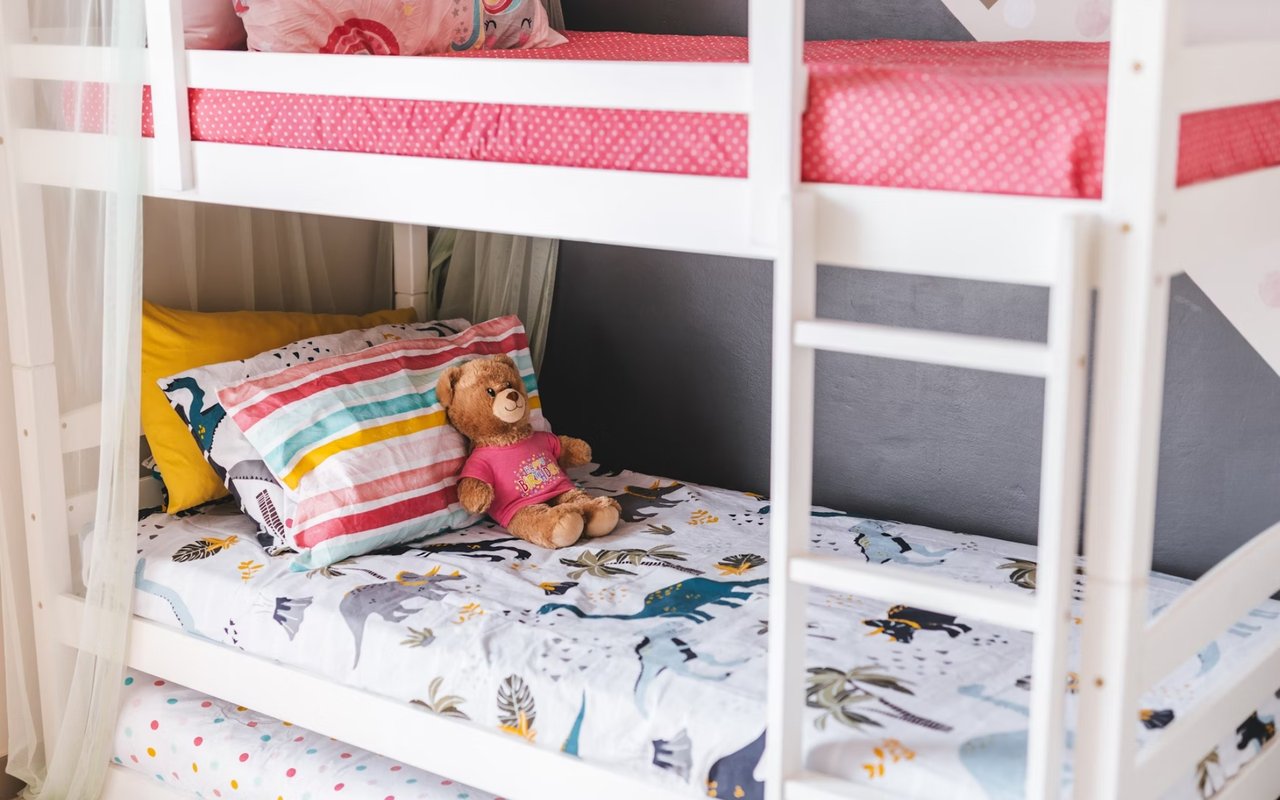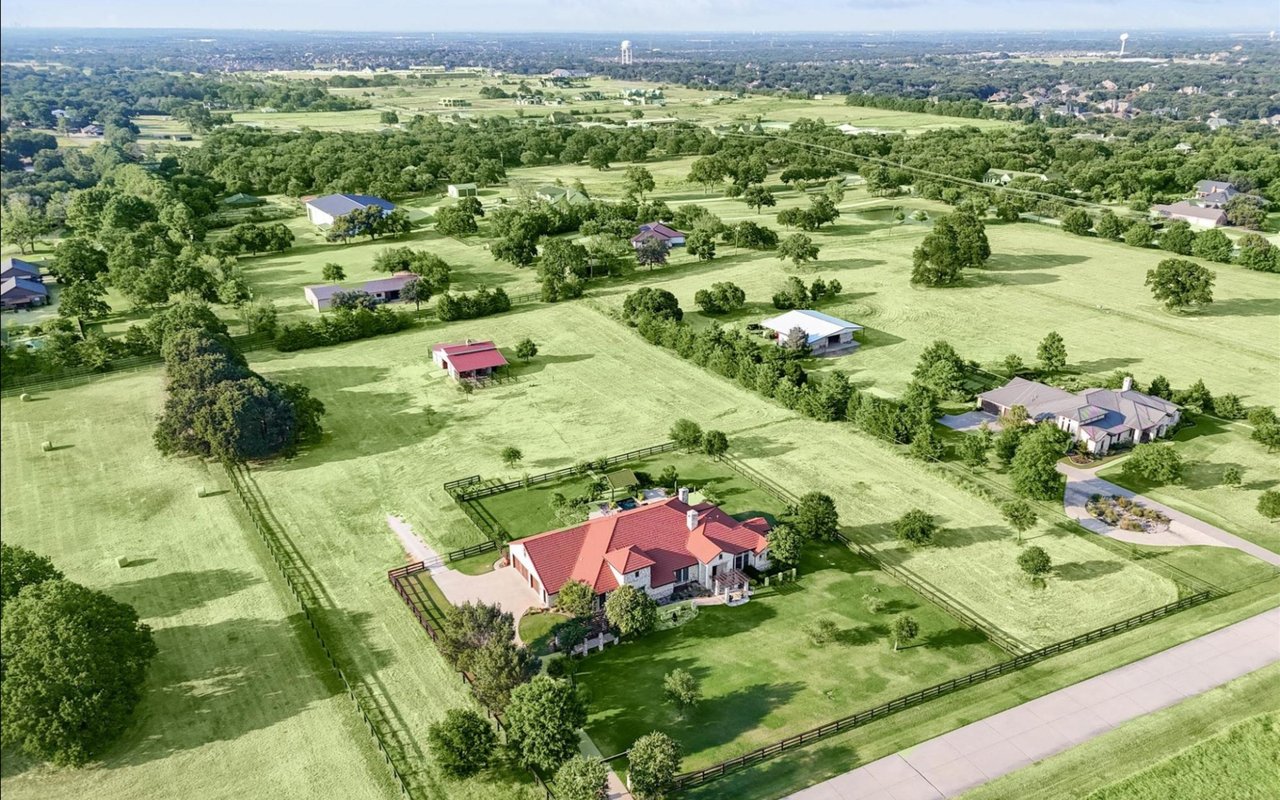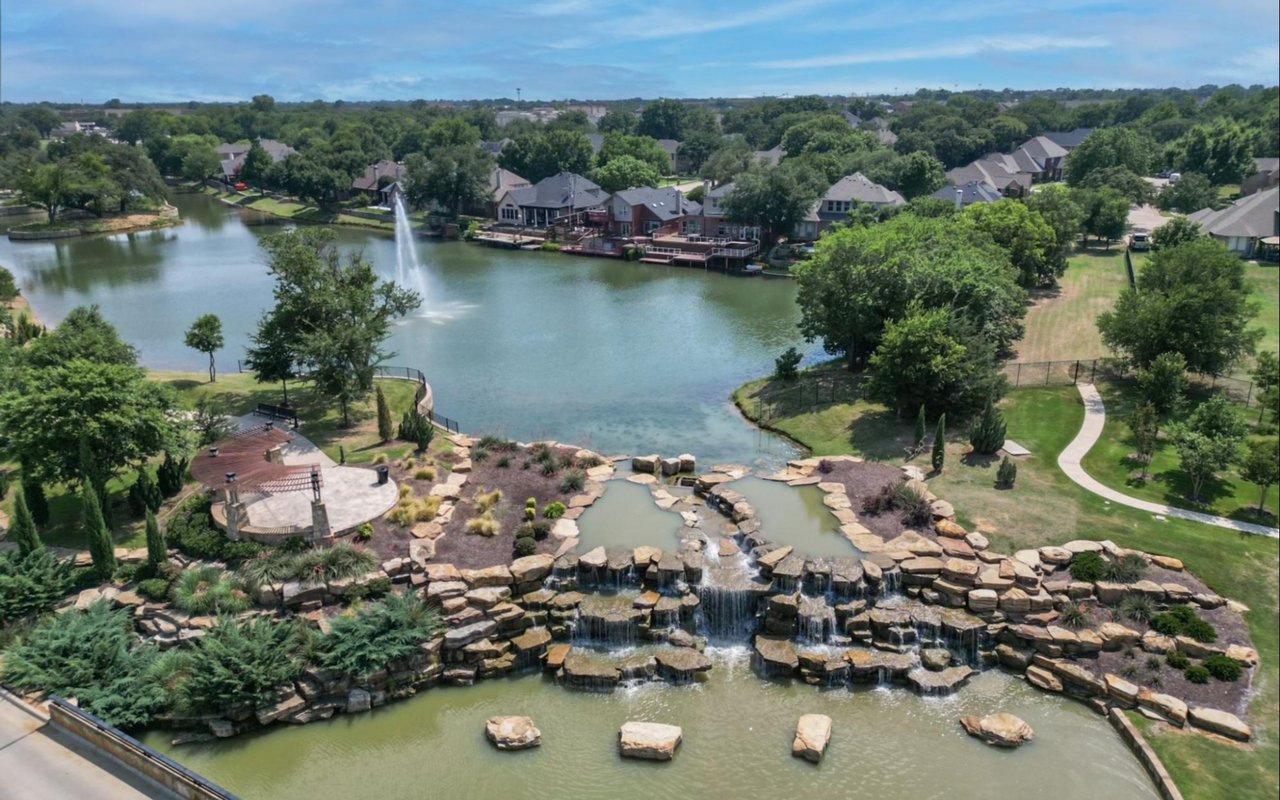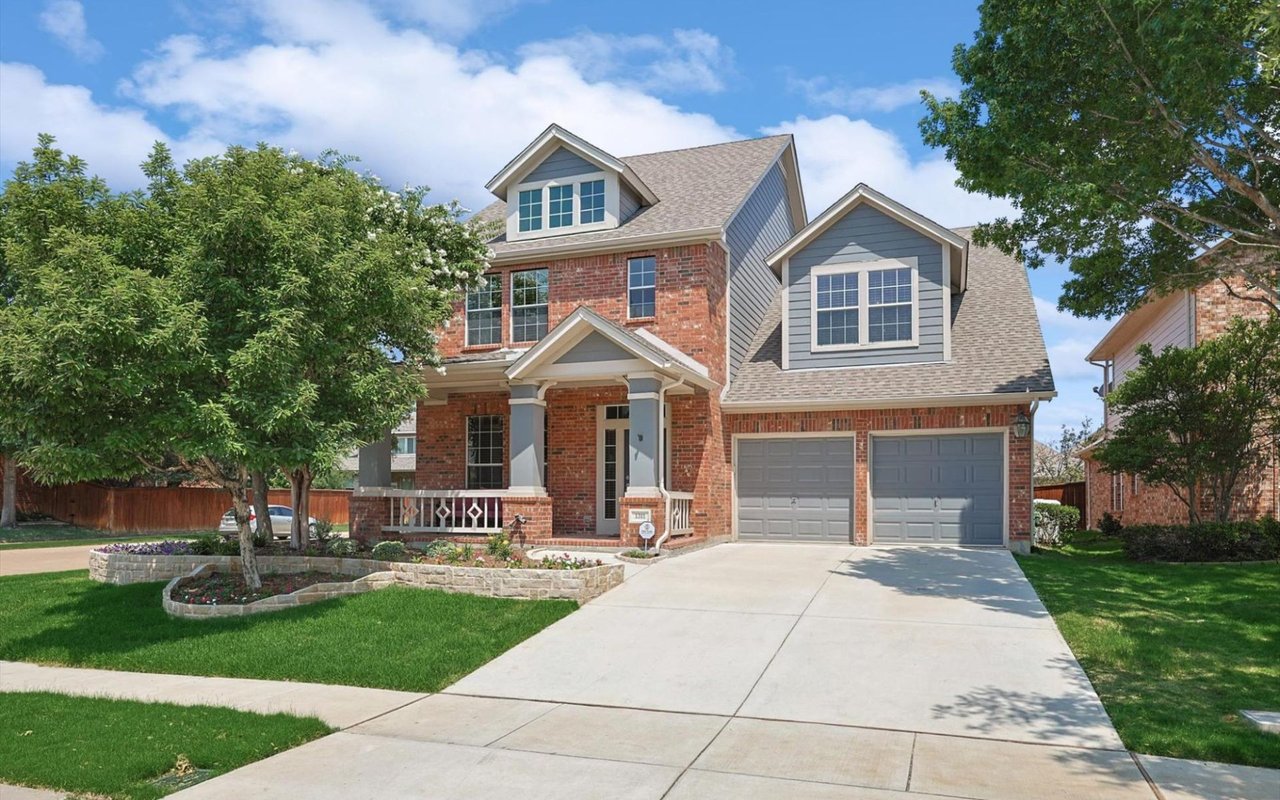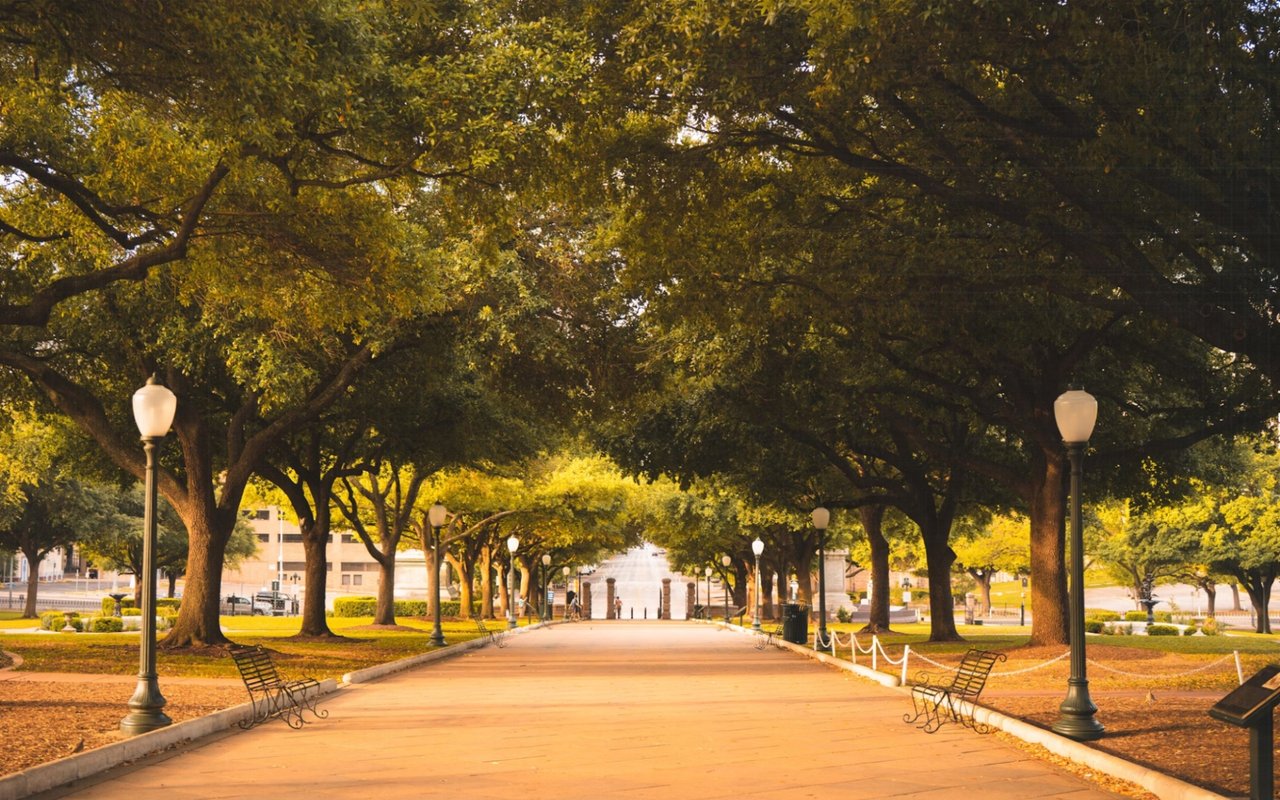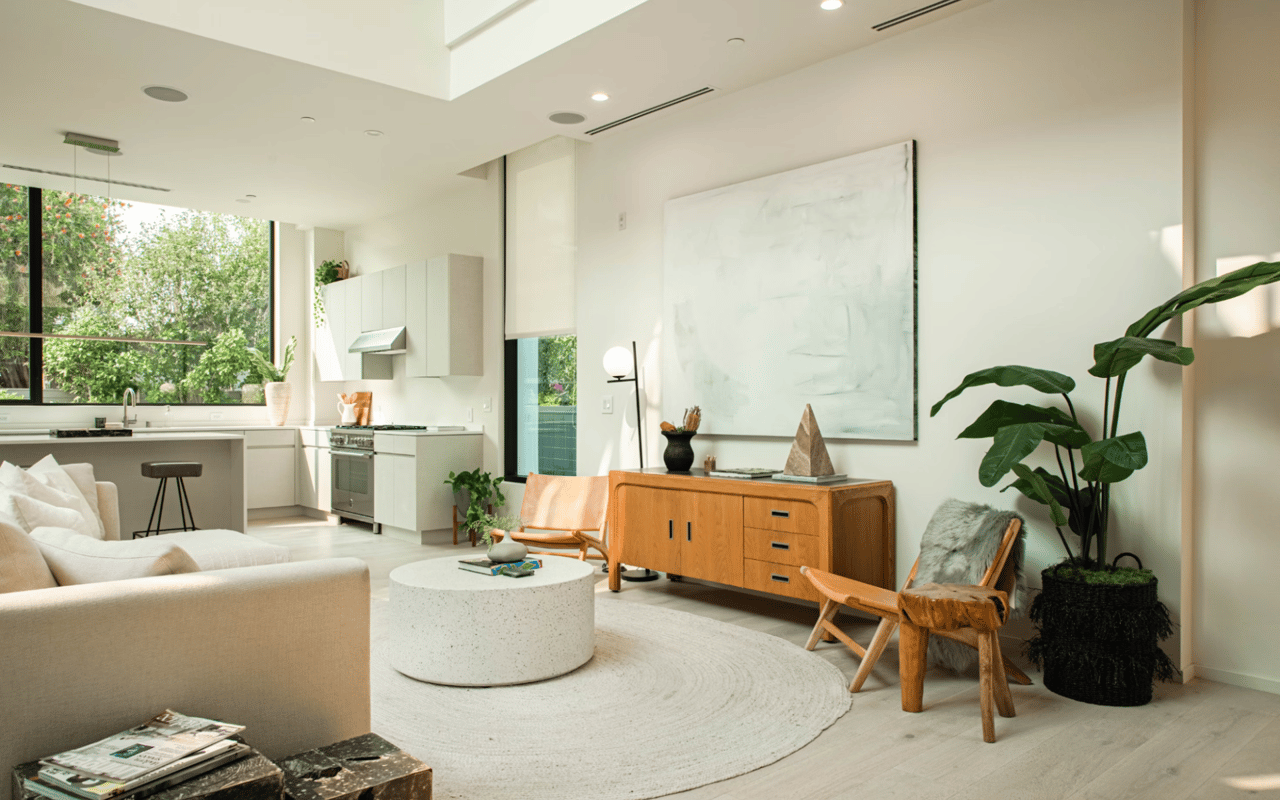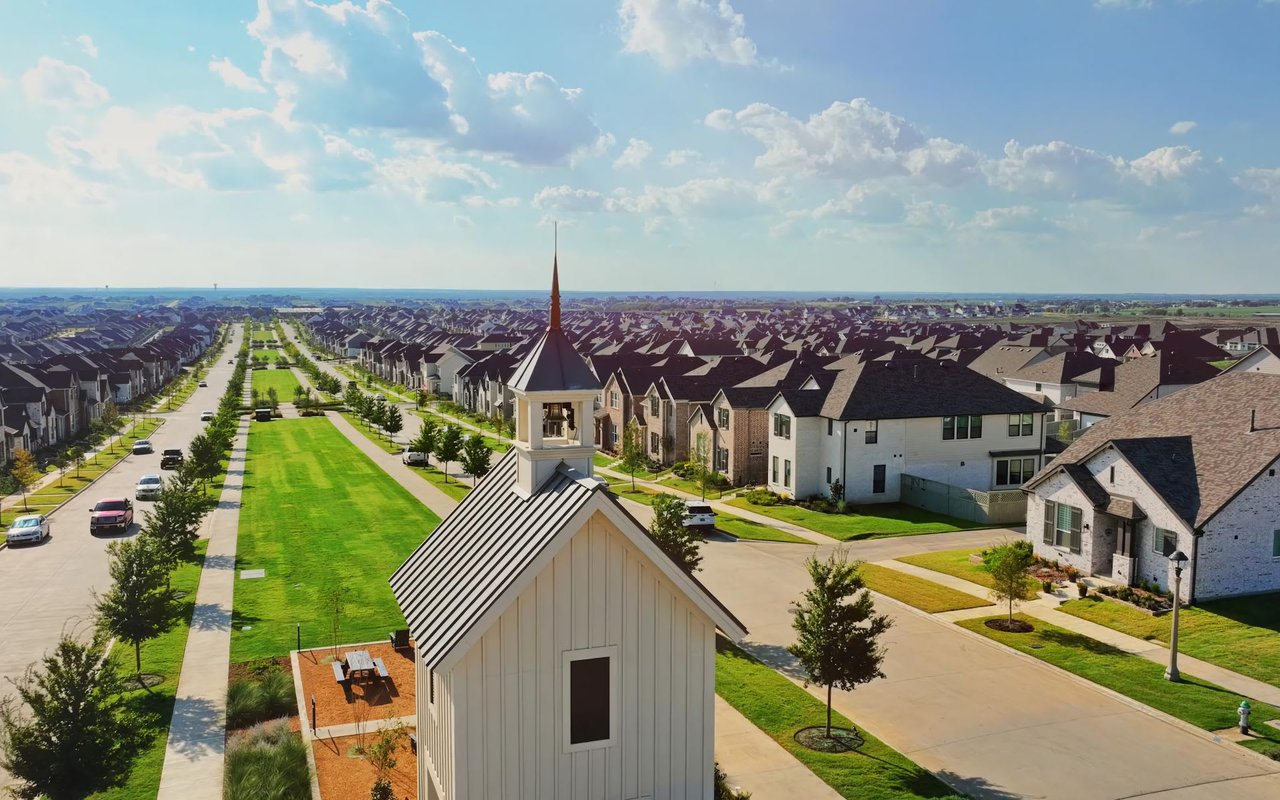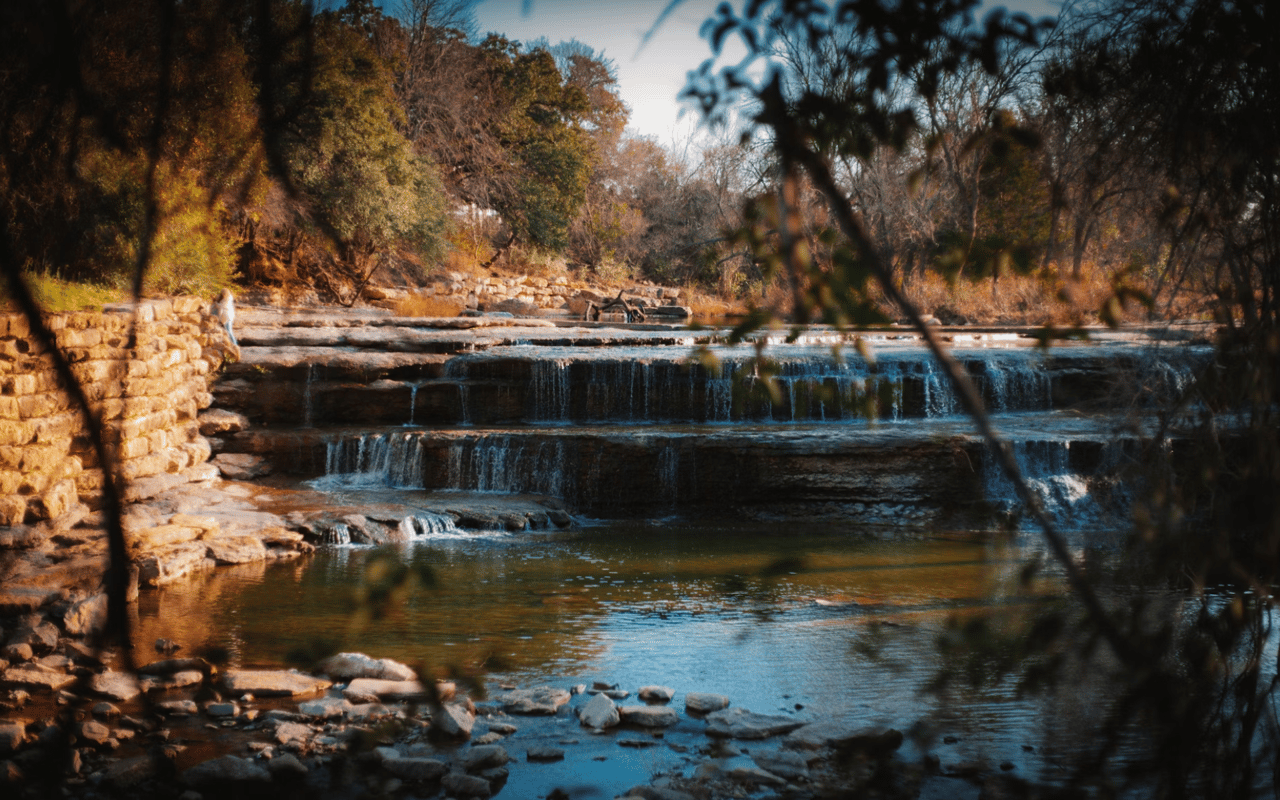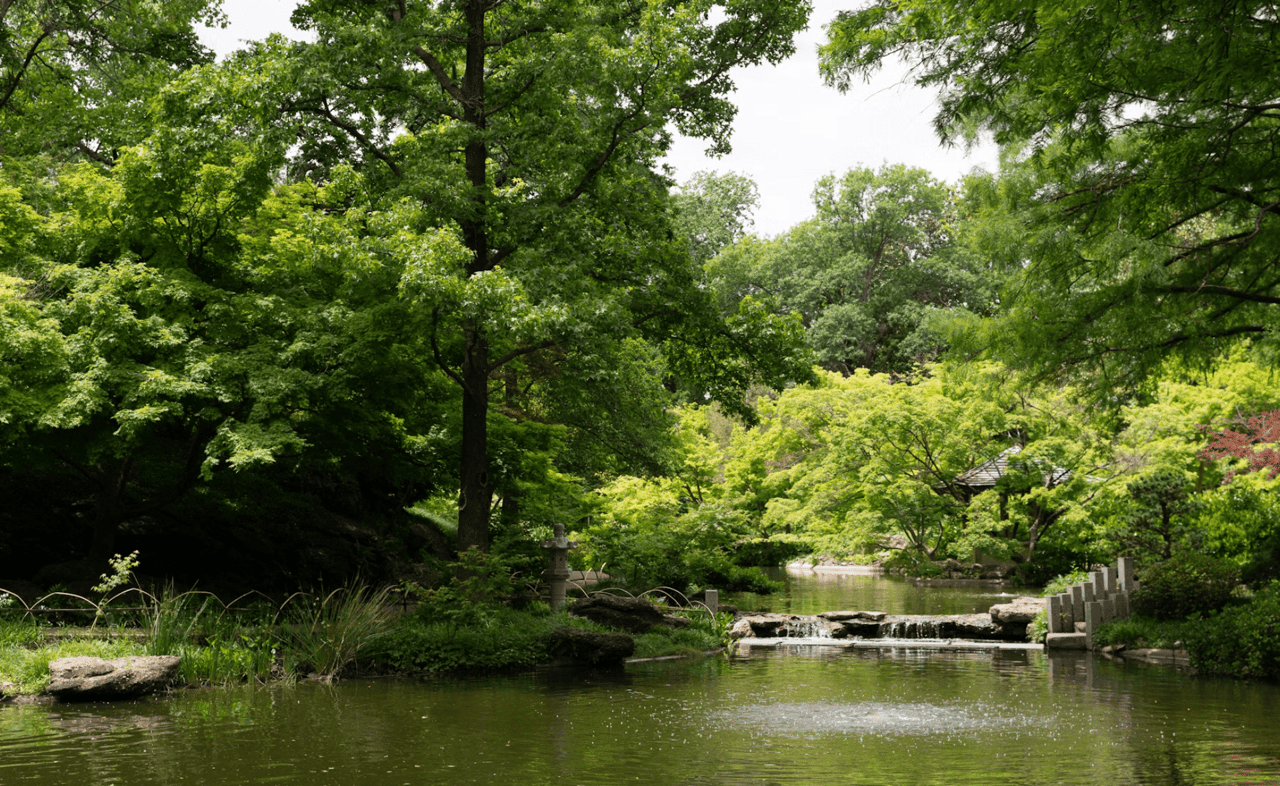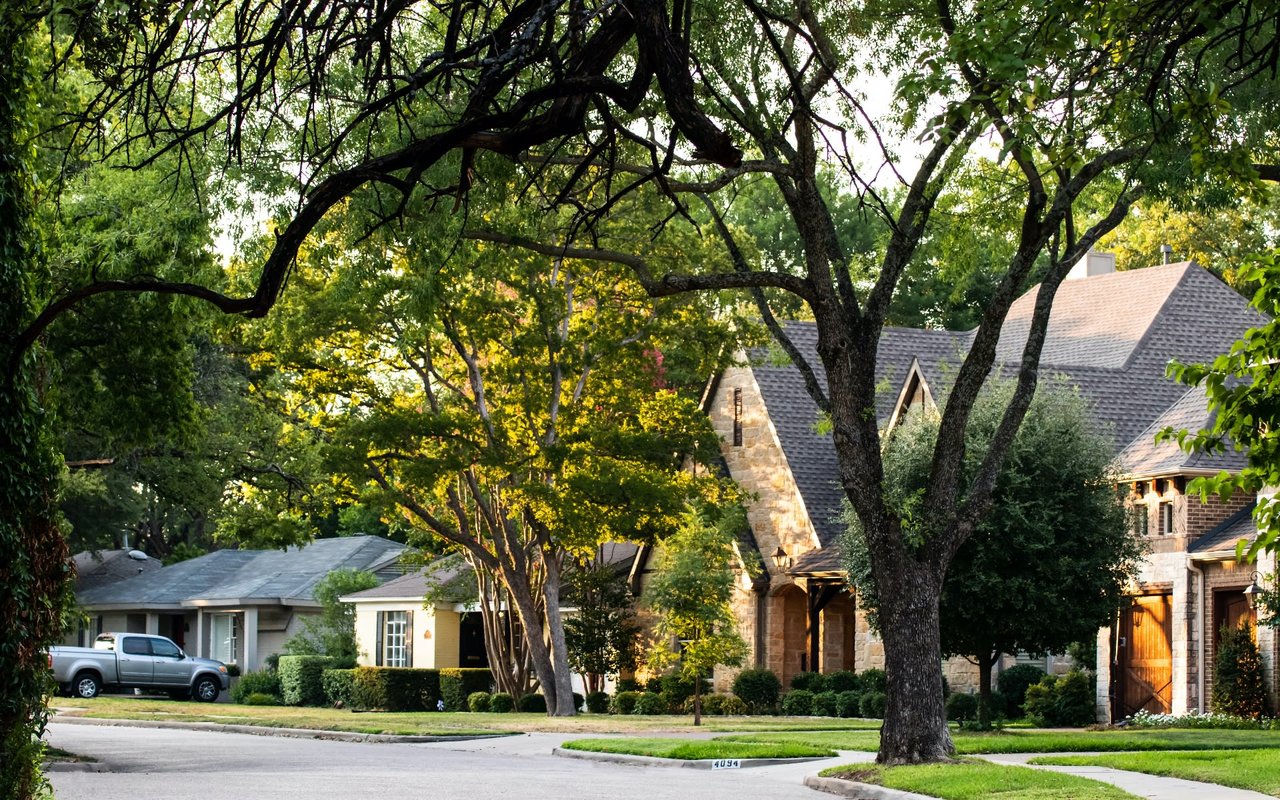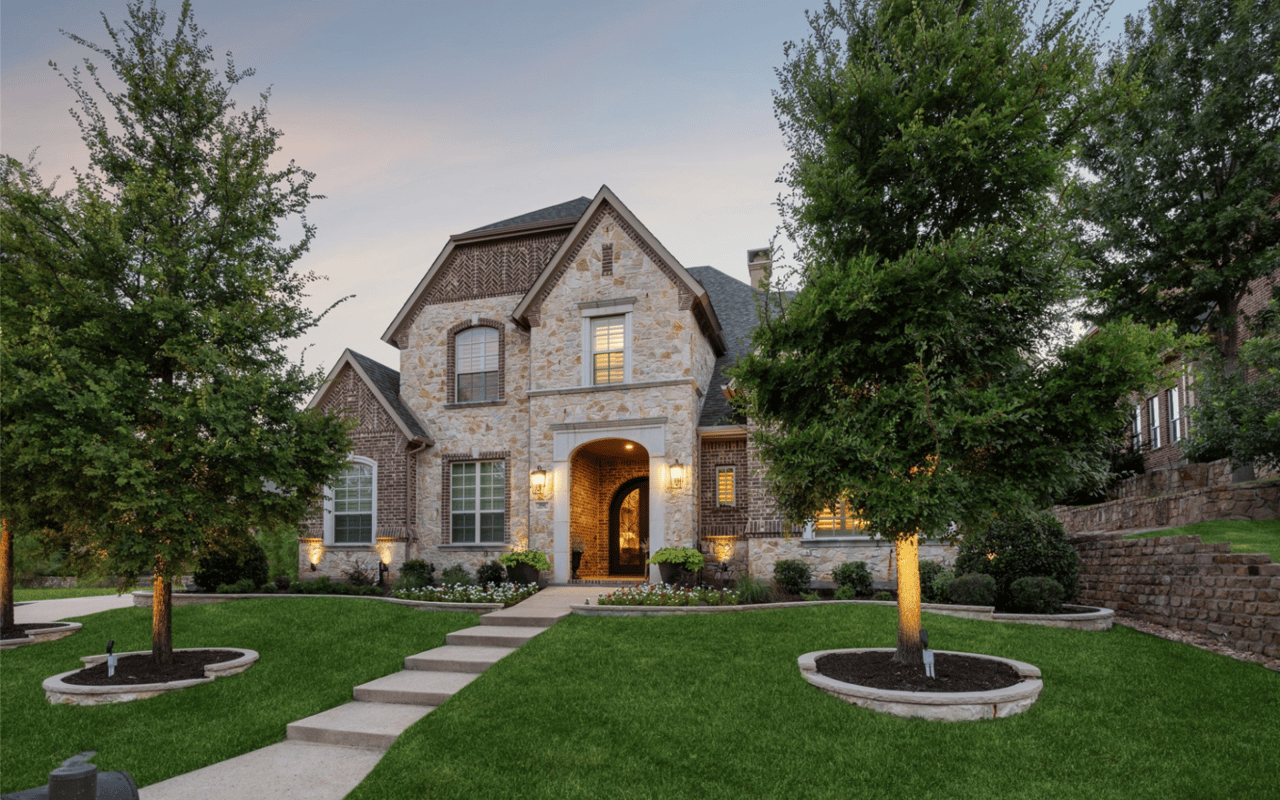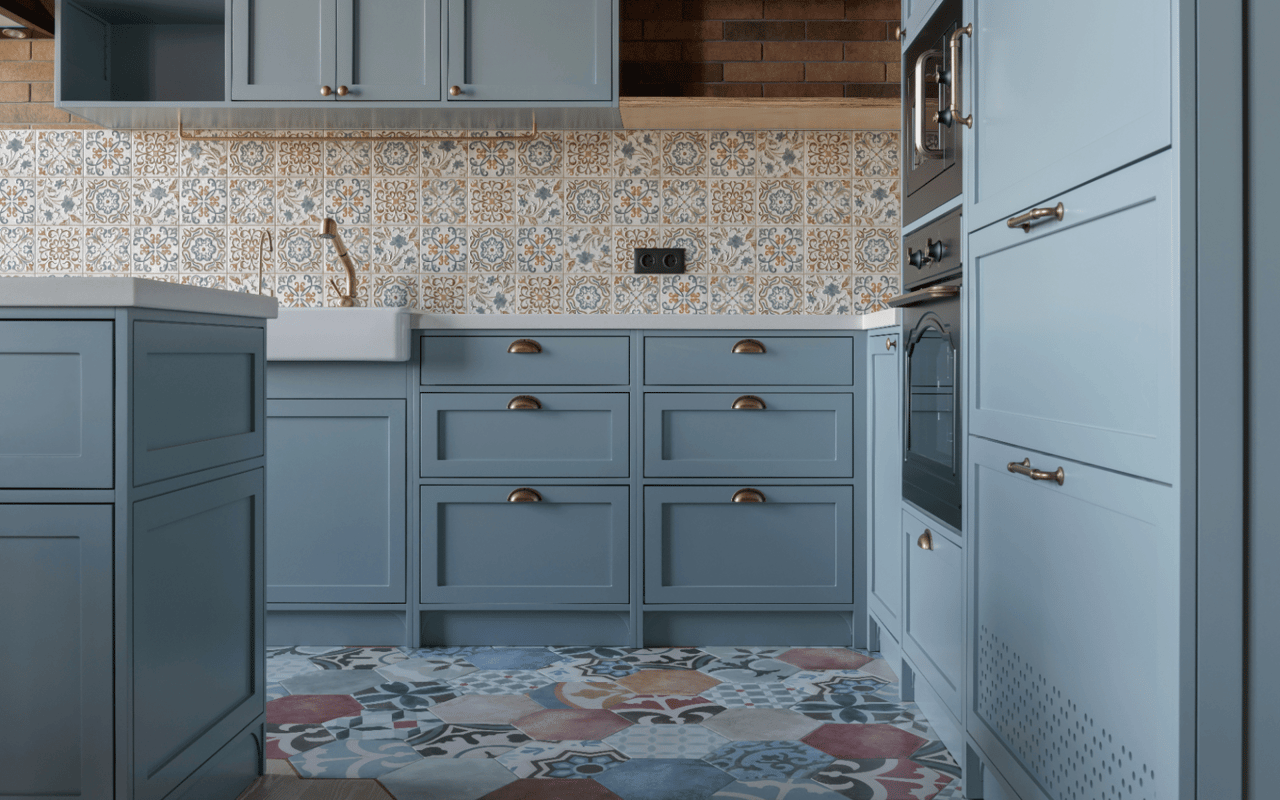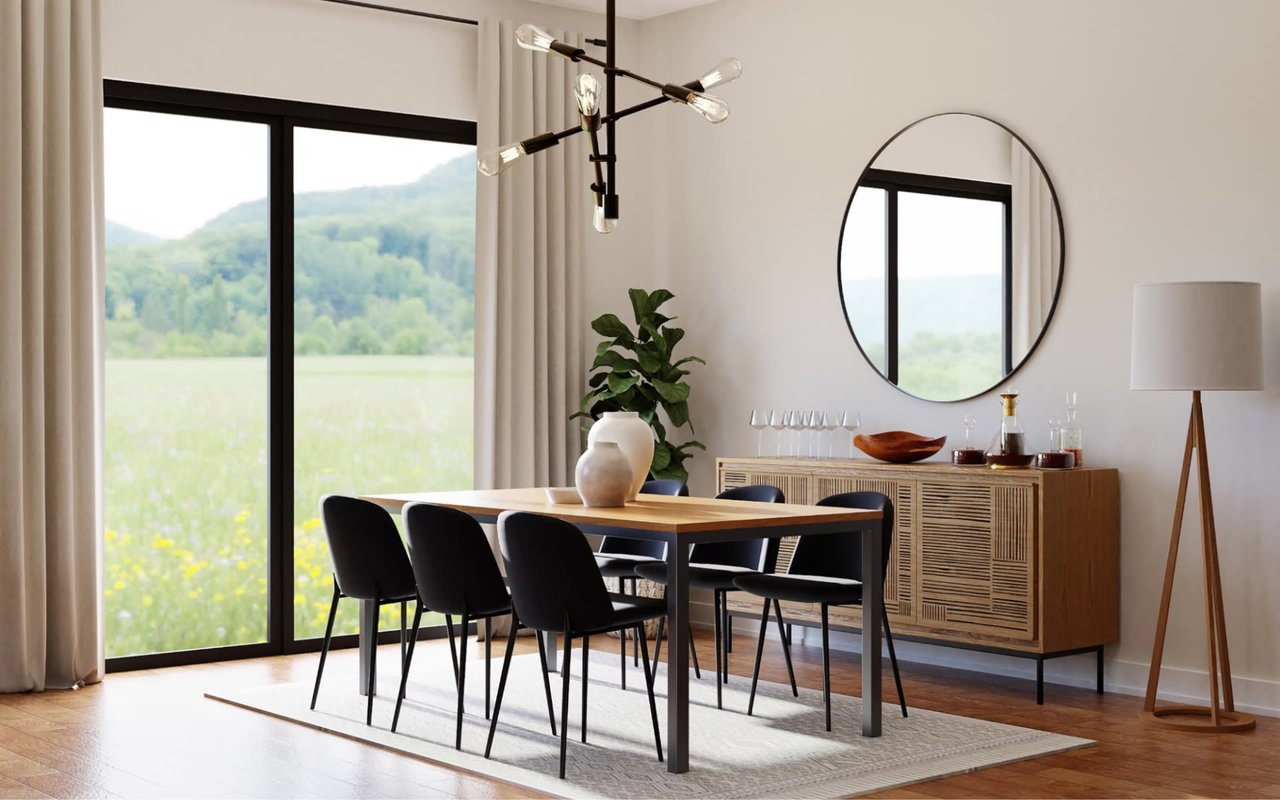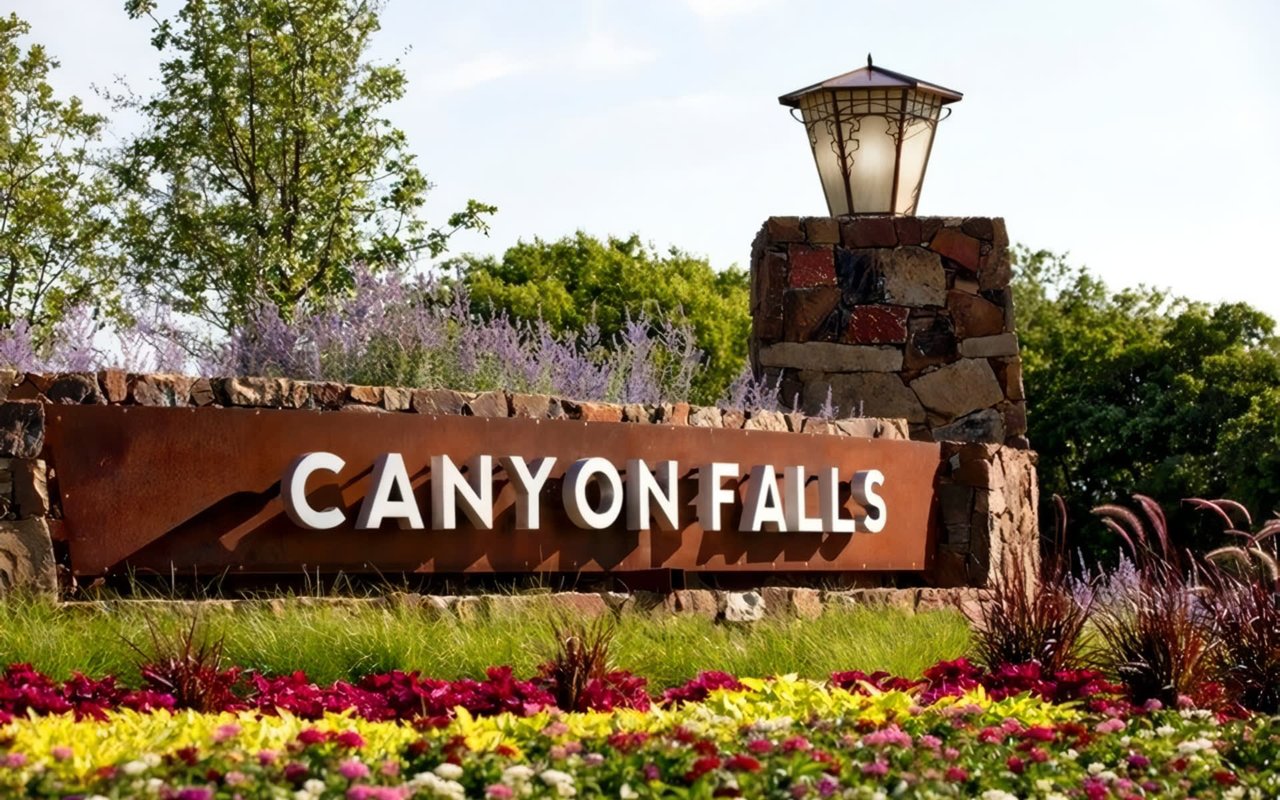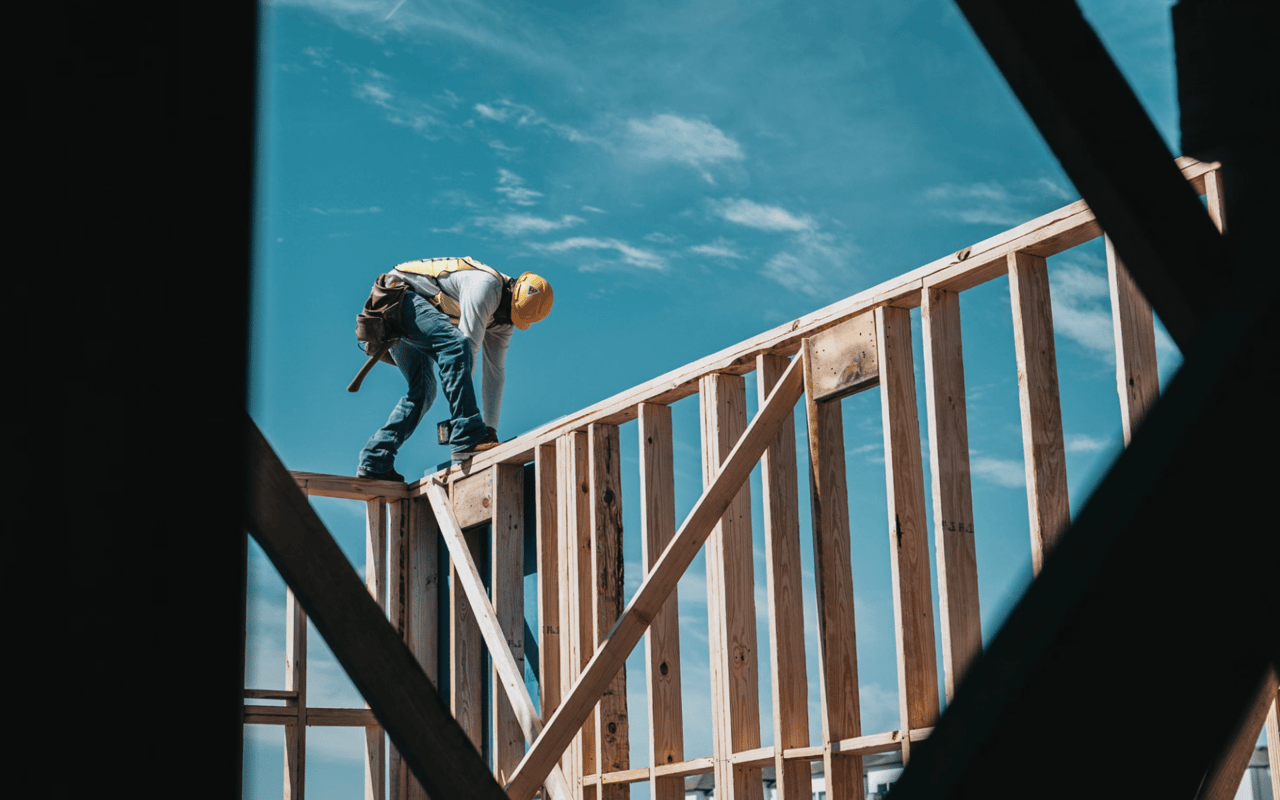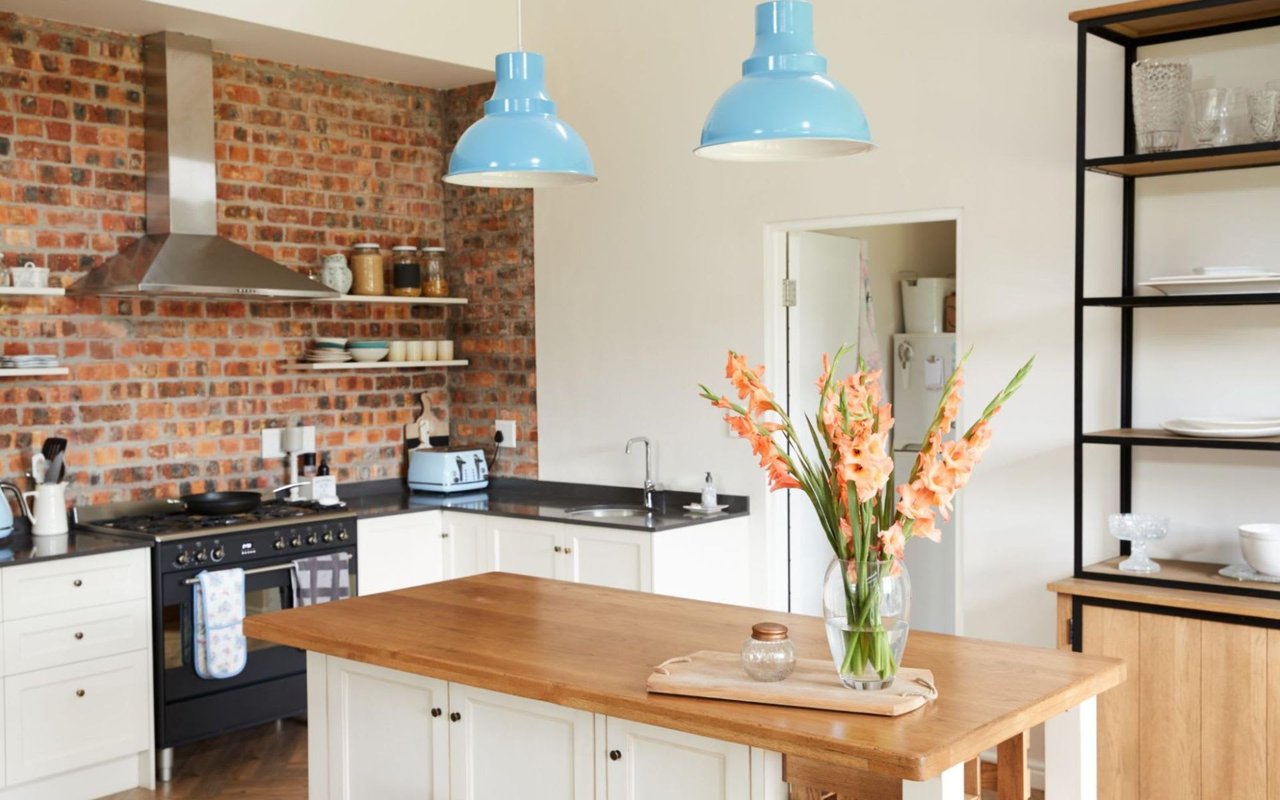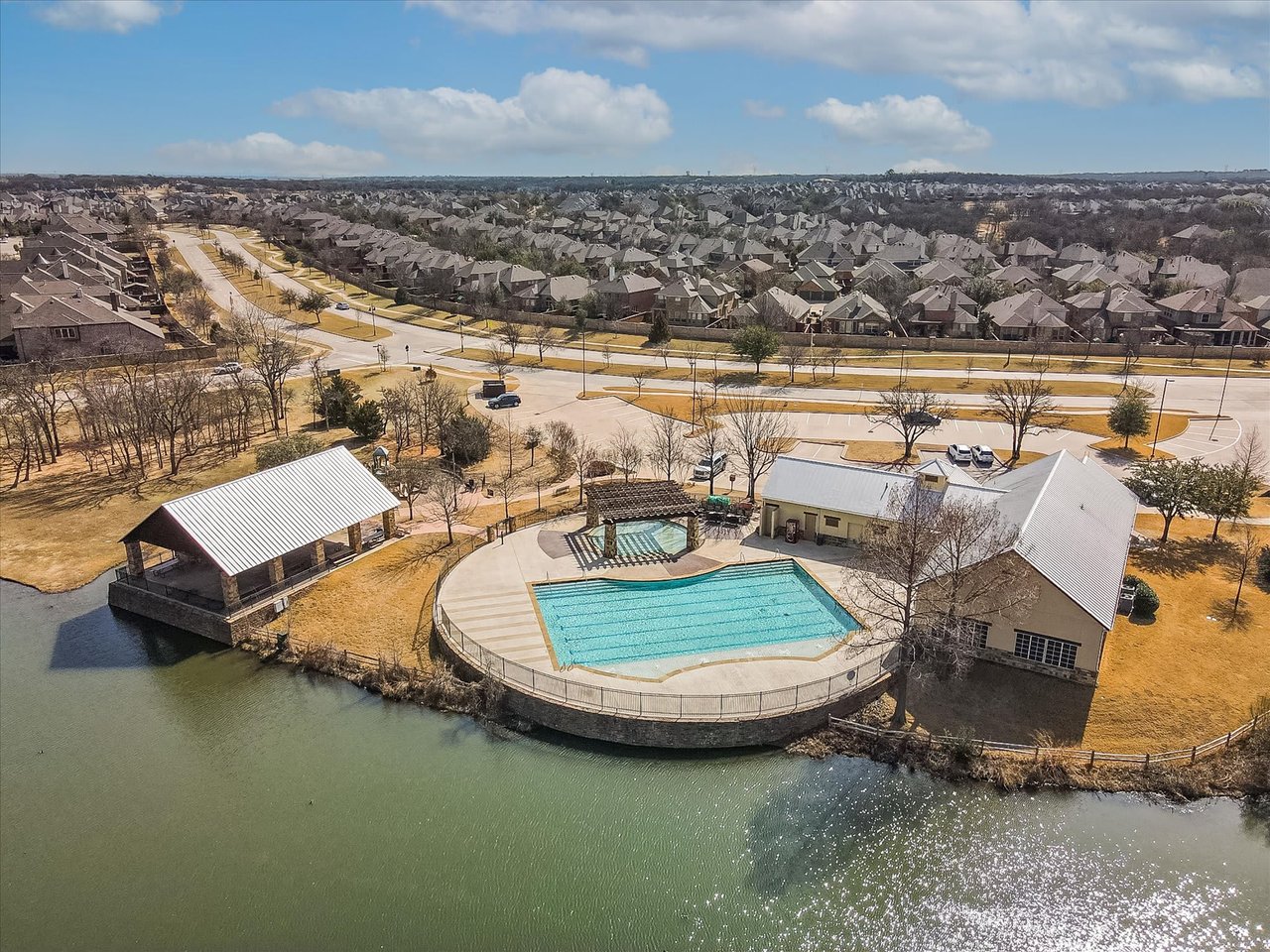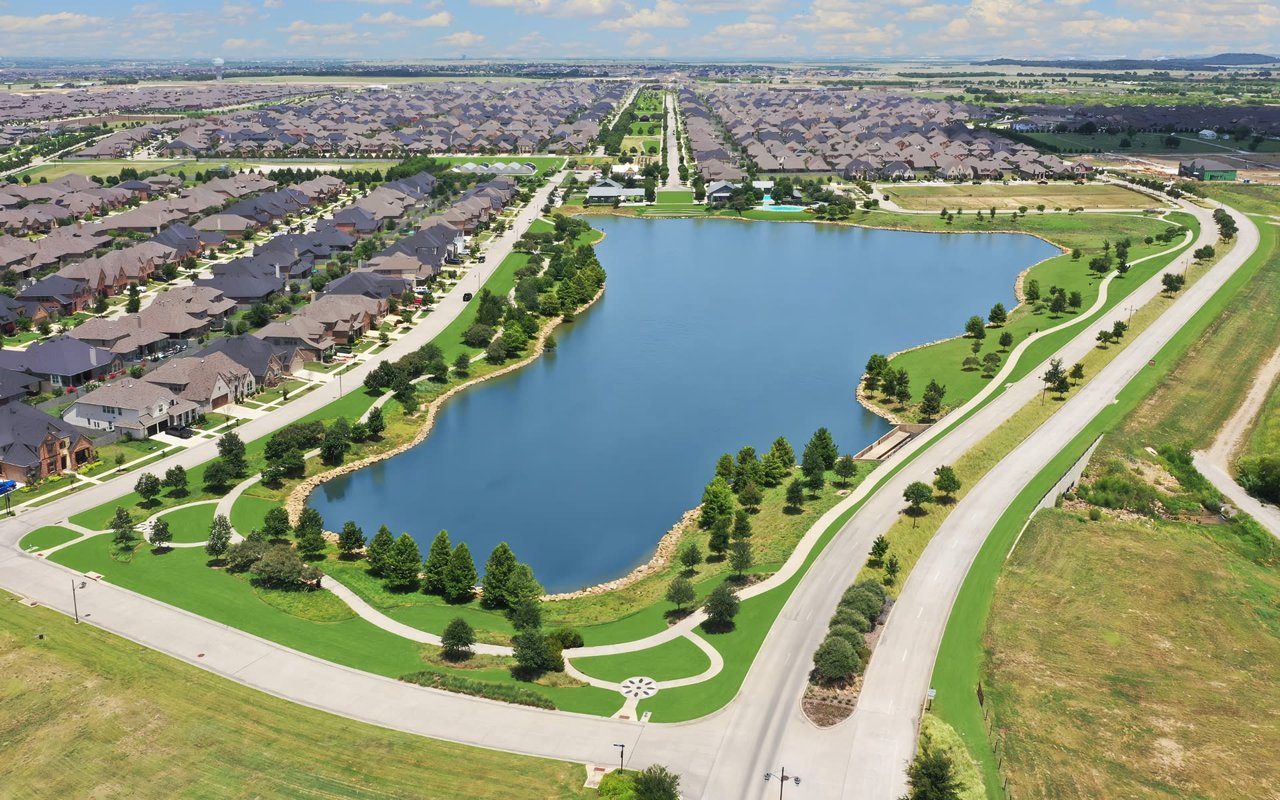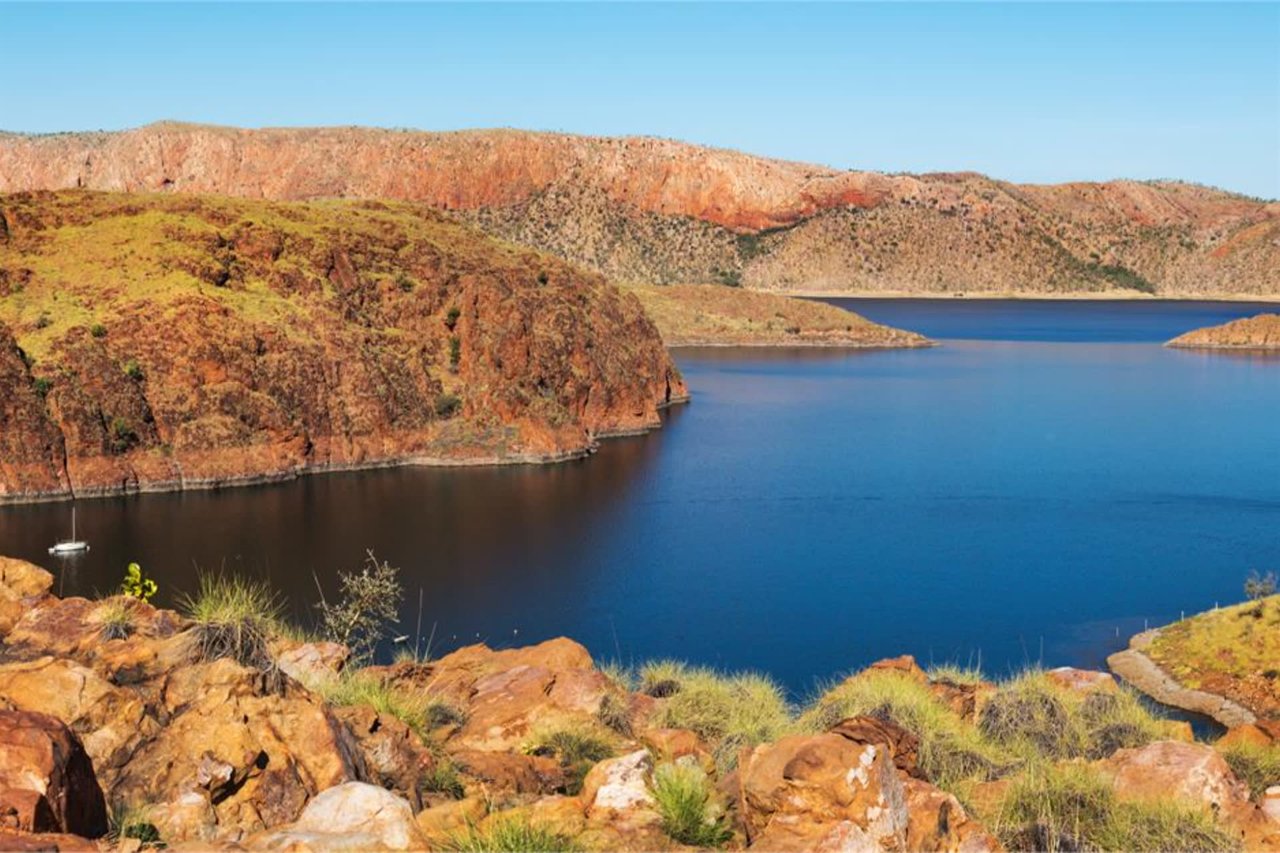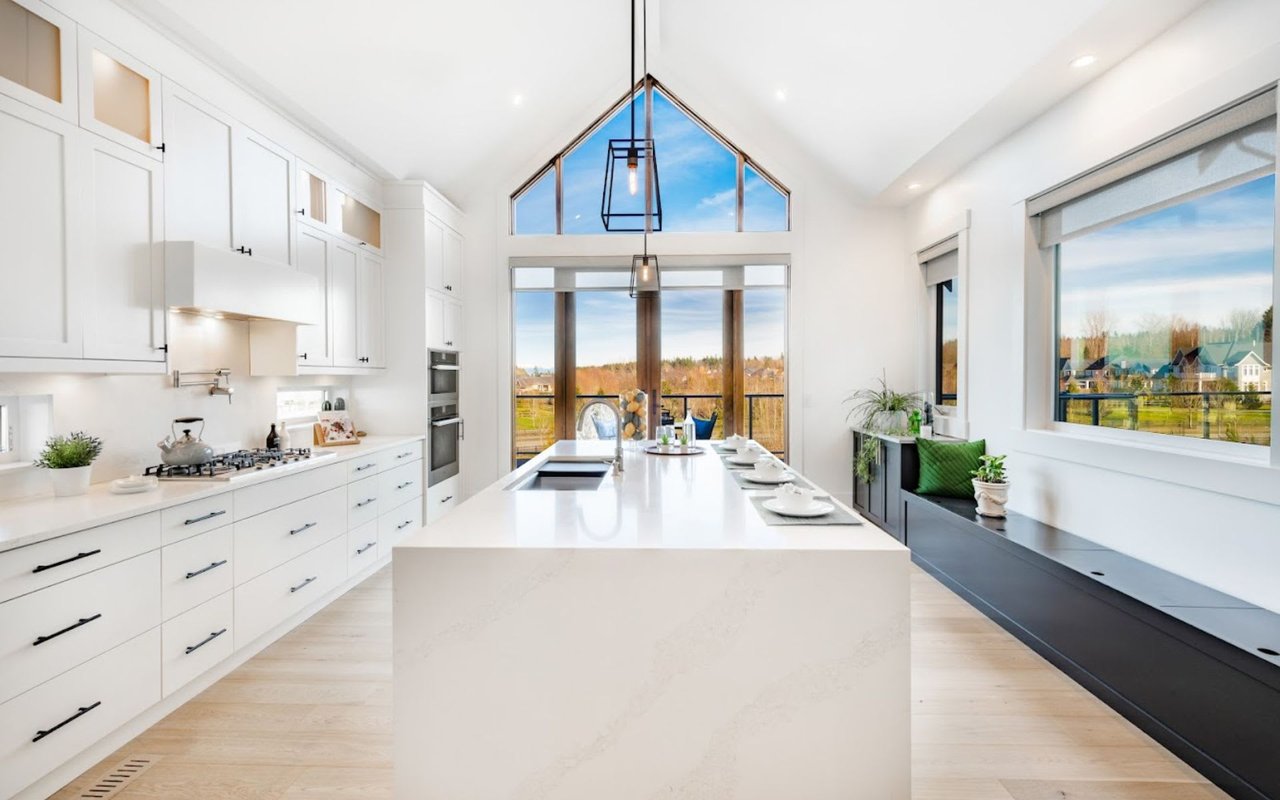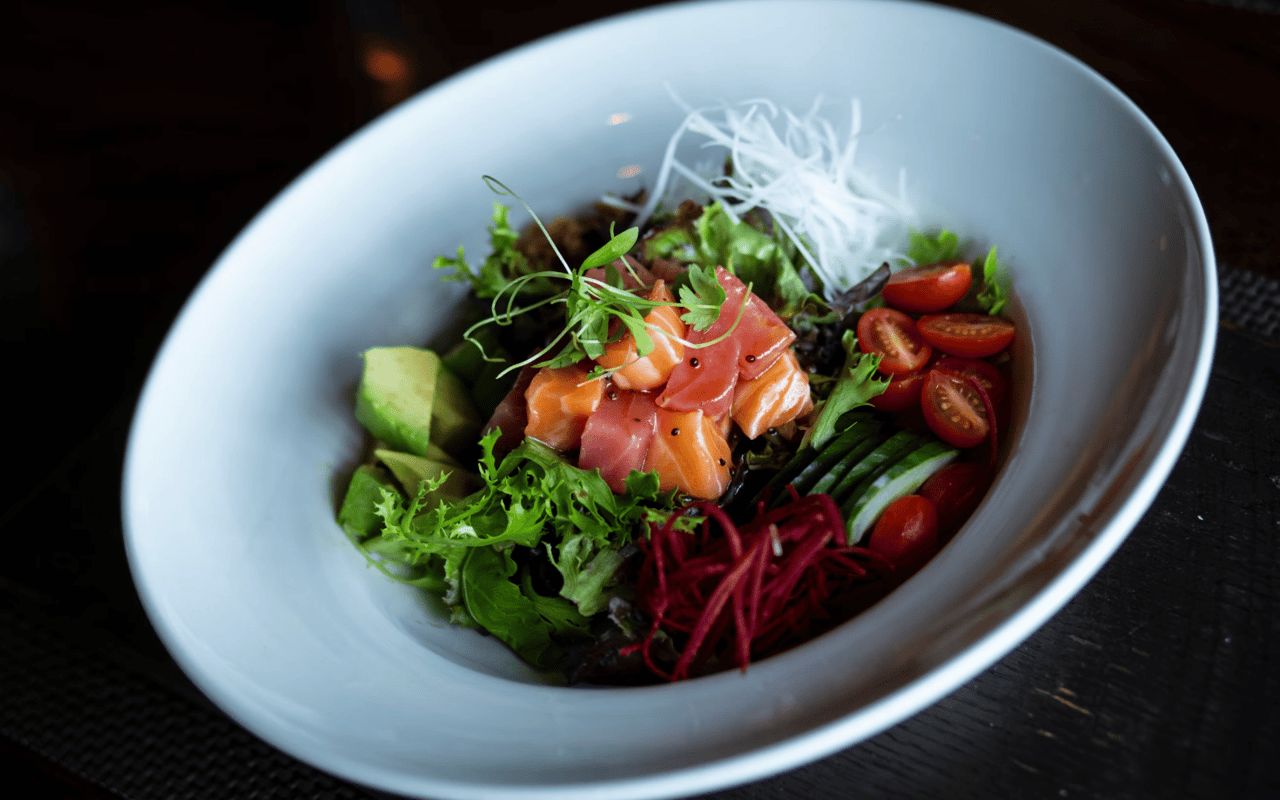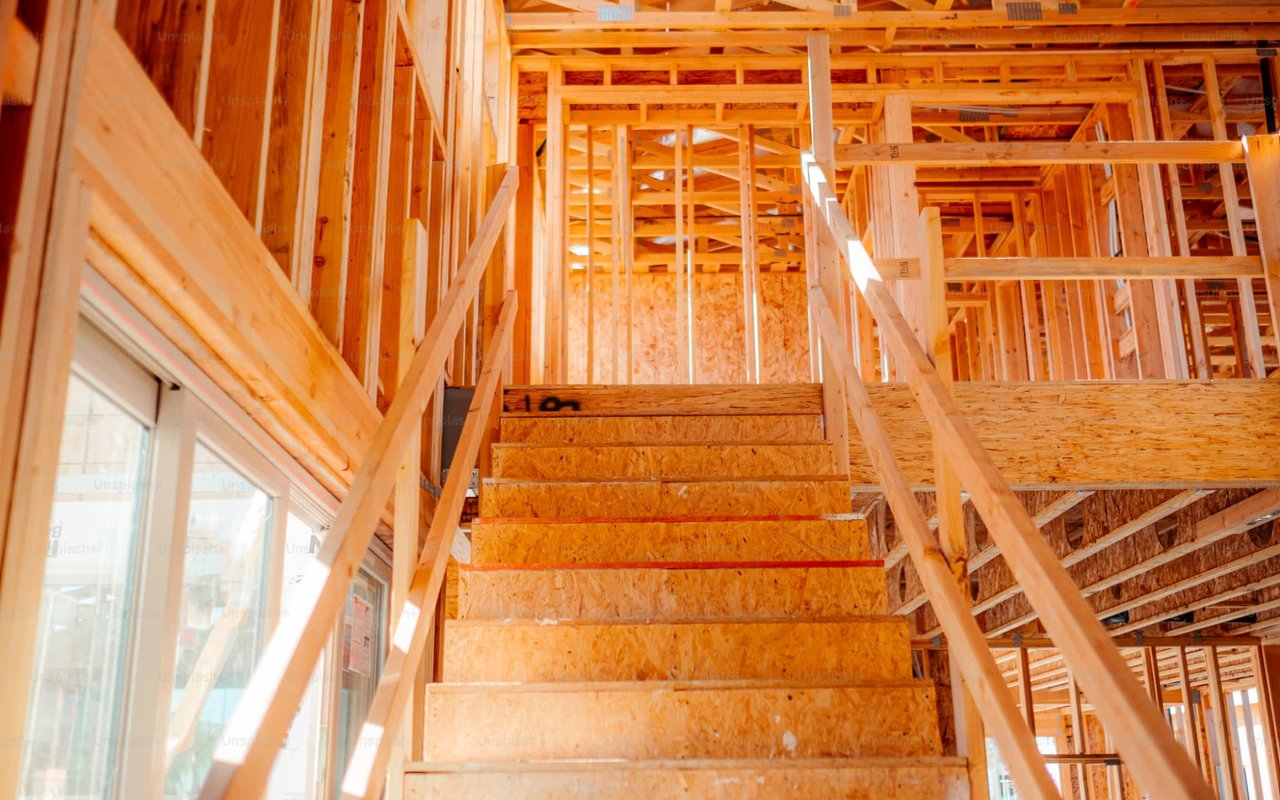Flower Mound, Texas, is located northwest of Dallas and northeast of Fort Worth, adjacent to Grapevine Lake. The town derives its name from a prominent 12.5-acre mound located in the center of the city, which is home to dozens of varieties of flowers during blooming seasons.
As of the 2020 United States Census, Flower Mound’s population was 75,956. The city’s municipal government has invested heavily in a public park system, highlighted by an extensive network of trails. Flower Mound also uses a smart growth system for urban planning, a theory that concentrates growth in compact, walkable urban centers to avoid sprawl. As such, the city has recently experienced rapid commercial growth to match the growing needs of its residential community.
A noteworthy distinction
Nine basic categories were considered: cost of living, economic opportunity, diversity, education, the housing market, and quality of life. This top ten list features a diverse collection of cities across the U.S., including Arizona, Colorado, Minnesota, Utah, and Virginia. All booming relocation hot spots. Among these, Texas was the most sought-after state for new opportunities overall, and Flower Mound was the state’s only placement among the top ten.
Why do so many buyers think highly of this once-sleepy burg in the heart of the Dallas–Fort Worth metroplex (DFW)?
Below are four reasons why Flower Mound is an excellent place to live.
A bustling hub for new business
First, in the 1990s, when a suburban relocation boom saw the city's population balloon from 15,000 to more than 50,000 by the decade's end. In the 20 years since, the community—which straddles the boundary between Denton and Tarrant counties—has added more than 25,000 new residents.
In addition to Flower Mound's ultra-convenient, centralized location, the primary reason for the growth is the city's expanding business footprint.
According to the Money rankings, Flower Mound came in first with the highest job growth of any community on its list over the previous five years. It ranks second for projected job growth for the next five, just behind the Austin suburb of Round Rock.
Flower Mound is home to nearly 1,500 businesses and is a central hub for the regional operations of many national firms. Companies are also finding a home in the 1,500-acre Lakeside Business District, which hosts ten distinct business sections and is zoned for many uses, including commercial and retail, industrial, mixed-use, and single and multifamily housing.
An expanding social scene
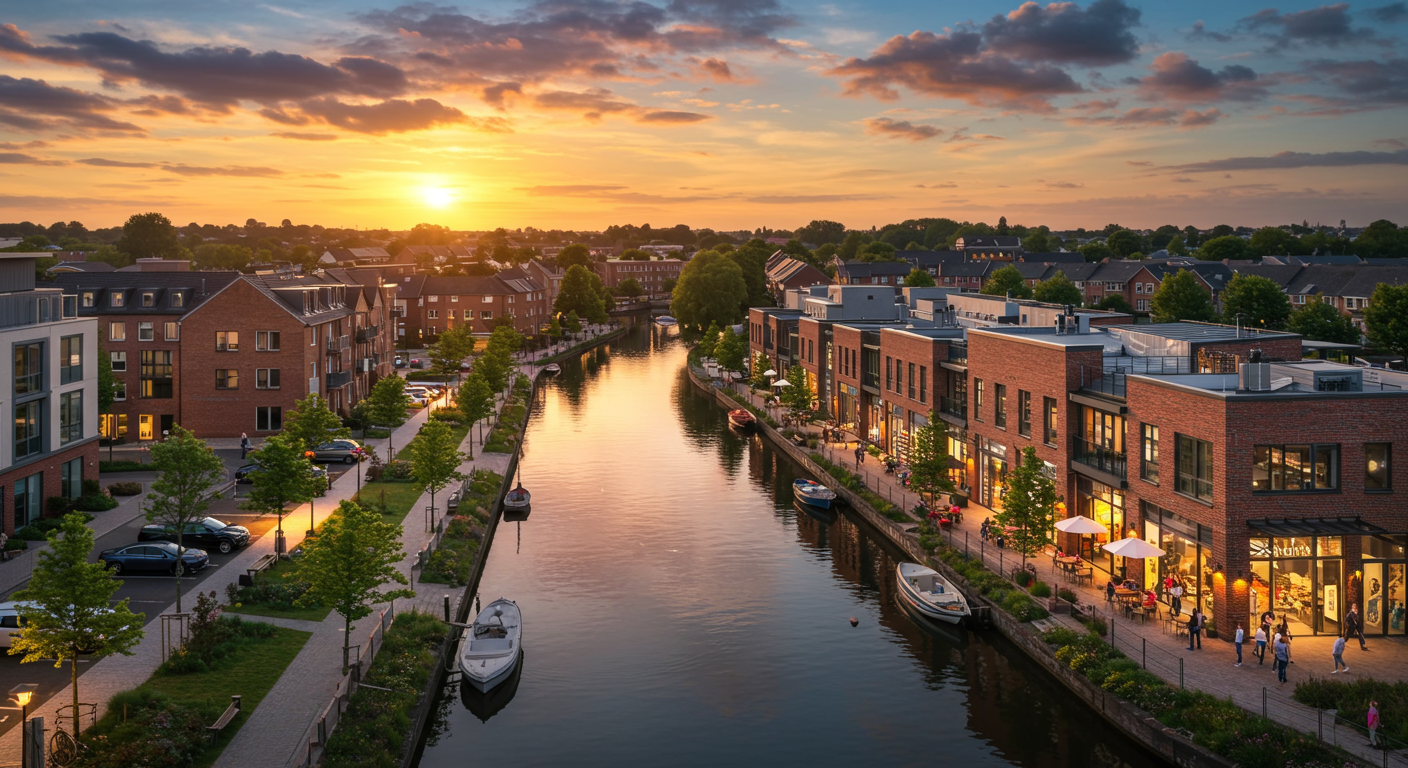
One of the long-time criticisms of the suburban lifestyle is that it leaves plenty to be desired in entertainment. Sure, you get beautiful homes in great neighborhoods close to exemplary schools, but you have to drive half an hour to an urban city center for any level of excitement.
For those that prefer their upscale shopping, dining, and entertainment a little closer to home, DFW suburbs are leading the charge to reverse long-held perceptions. Flower Mound is at the forefront of that group. The city's event calendar is active from New Year's Day to New Year's Eve, including the signature Fourth of July celebration, Independence Fest, which regularly draws more than 20,000 attendees annually.
Four distinct dining, shopping, and entertainment districts keep the party going before, during, and after the festivities.
The aforementioned Lakeside Business District hosts more than 50 shops and restaurants. Flower Mound's newest development, The River Walk at Central Park, continues to expand its dining footprint, with three more restaurants opening by the end of 2022.
The intersection of Cross Timbers and Long Prairie continues to be the area's go-to for essentials and casual dining. Further north on Long Prairie, the upscale and highly walkable Highlands of Flower Mound continue to be the city's preeminent shopping and dining destination, with nearly 100 shops, restaurants, and entertainment venues.
Recreation galore
Covering more than 7,200 acres, the reservoir is a prime spot for outdoor pursuits with several parks, three marinas, and more than 30 miles of trails accessible to the public. Residents enjoy boating, fishing, hunting, and camping on and around the lake throughout the year.
The city operates more than 55 parks, totaling nearly 1,000 acres. Approximately 75 miles of paved and unpaved trails crisscross the community, with opportunities for hiking and biking along Grapevine Lake. The more rural landscape of northwest Flower Mound is a popular location for equine pursuits. In addition to notable stables, farms, and equestrian centers, the area boasts over ten miles of dedicated riding trails.
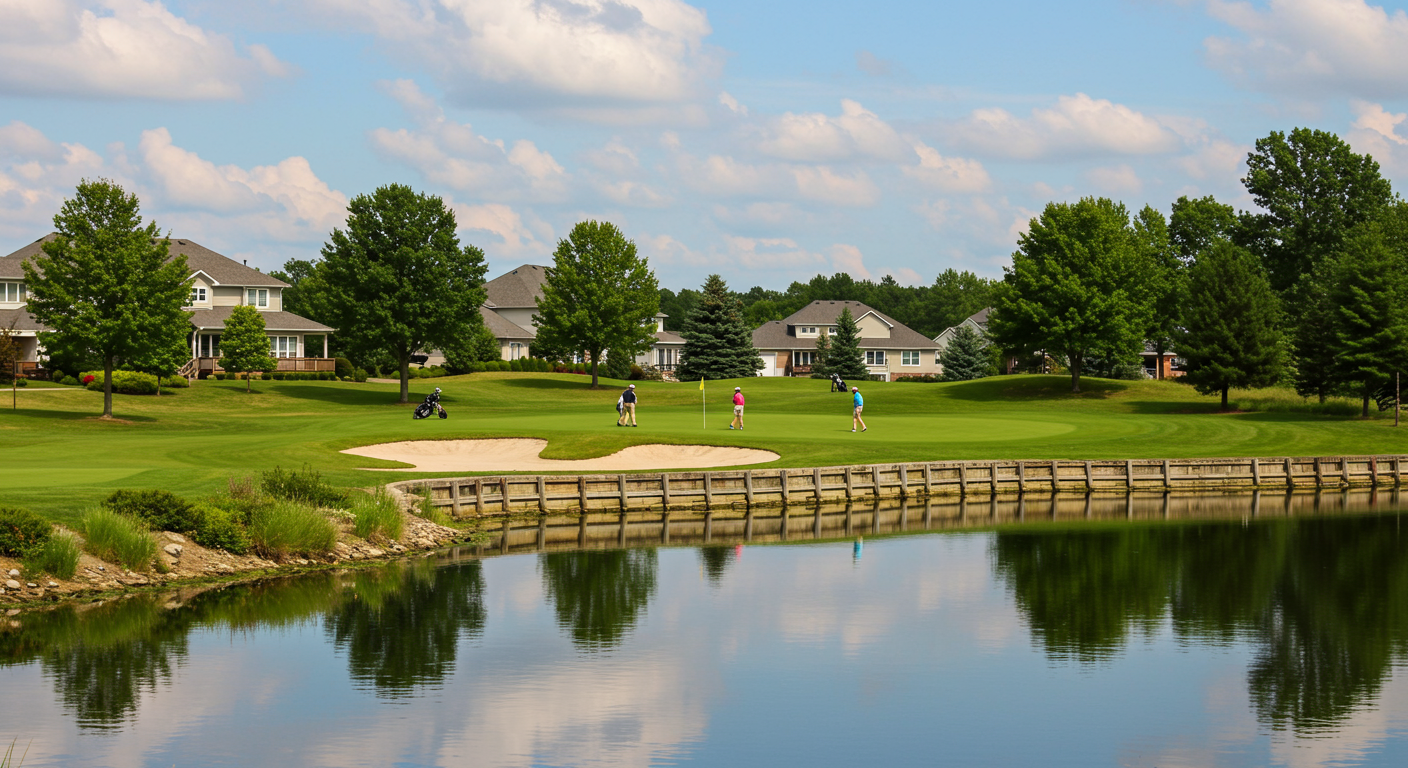
Though it's not specifically known as a golfing mecca, Flower Mound has two celebrated courses. The picturesque, park-like layout of Bridlewood Golf Club and the uniquely crafted Tour 18 Dallas recreates 18 of America's most famous golf holes, including Augusta National's Amen Corner.
Both courses would satisfy any golfer's desire to hit the links. But three more incredible golf experiences are less than a 15-minute drive from the heart of Flower Mound—Lantana, Coyote Ridge in Carrollton, and the lush, award-winning layout at Cowboys Golf Club in Grapevine.
Quality of life
Of course, it doesn't hurt that Flower Mound presents one of DFW's best values regarding luxury real estate. The median home value is $361,900, and an impressive variety of high-end housing is available. From country estates to high-rise lakeside condos to the stunning mansions along the fairways of Tour 18 and Bridlewood, style and location suit every taste.
Within Texas, Flower Mound maintains a reputation as one of the best communities to raise a family. It earns that reputation and high standard of living from its local schools. Statewide, it's among the top ten communities for public schools.
Finally, as the money.com article notes, there is, in fact, an actual mound of flowers from which the community earns its name. The Flower Mound Foundation supports the 12.576-acre Flower Mound as a State of Texas historic site. Established in 1983 to protect the local landmark from developers, the area is a popular destination celebrating the city's past, where early settlers found an abundance of wildflowers sprouting from the top of a 50-foot mound.
